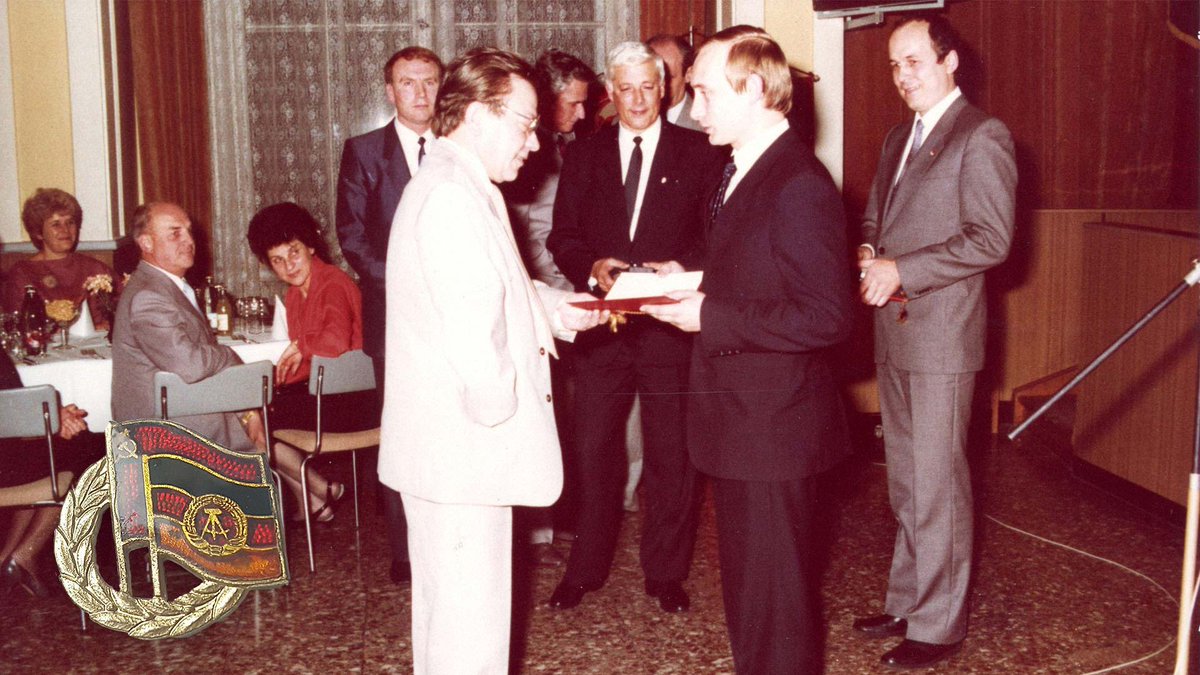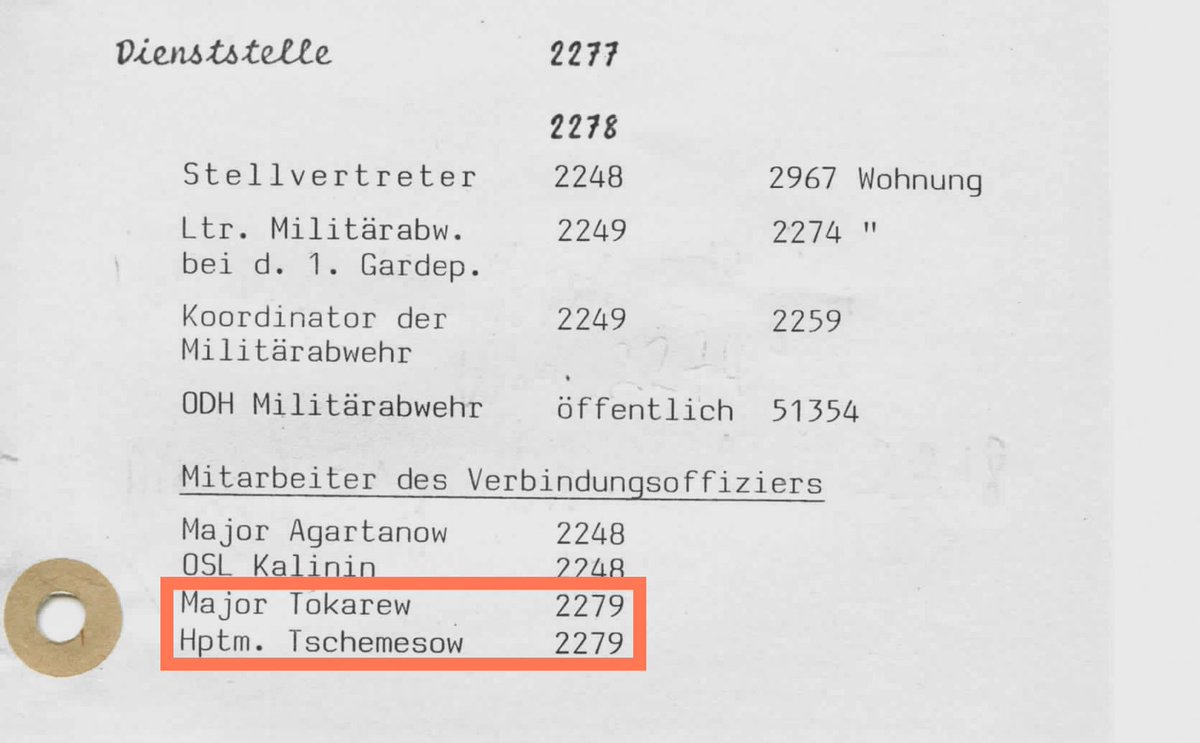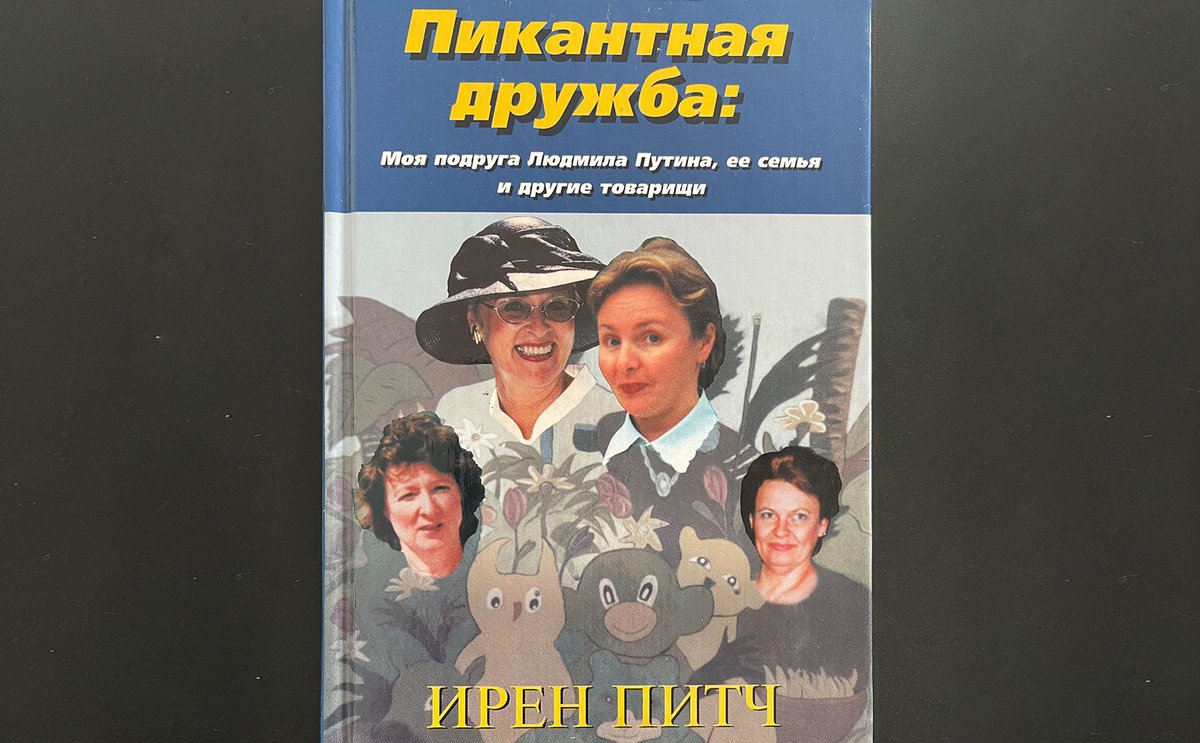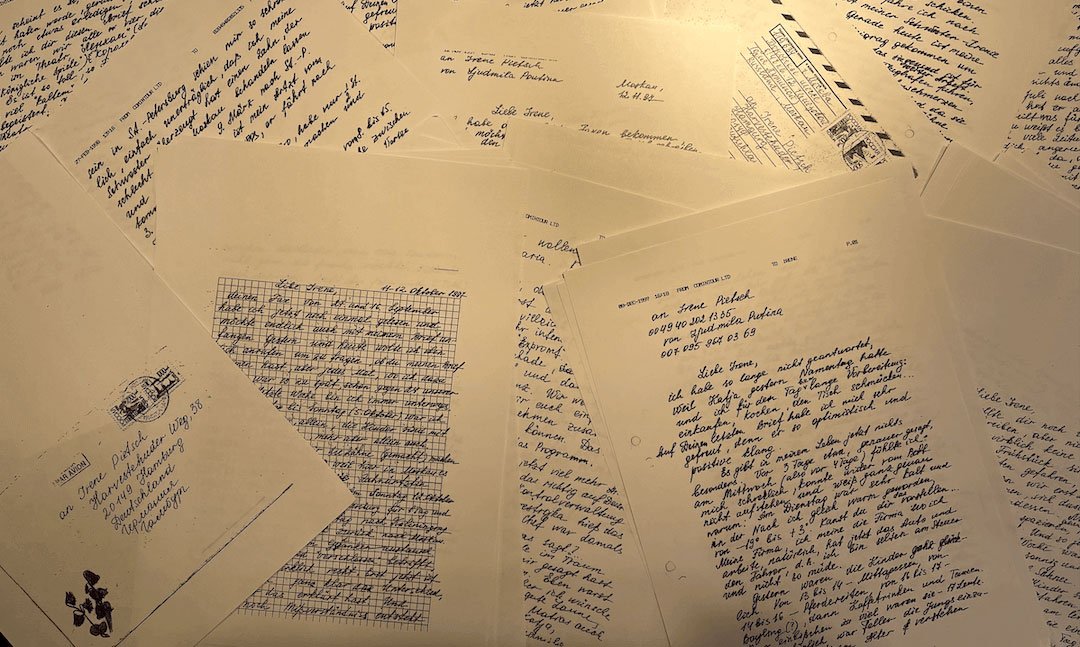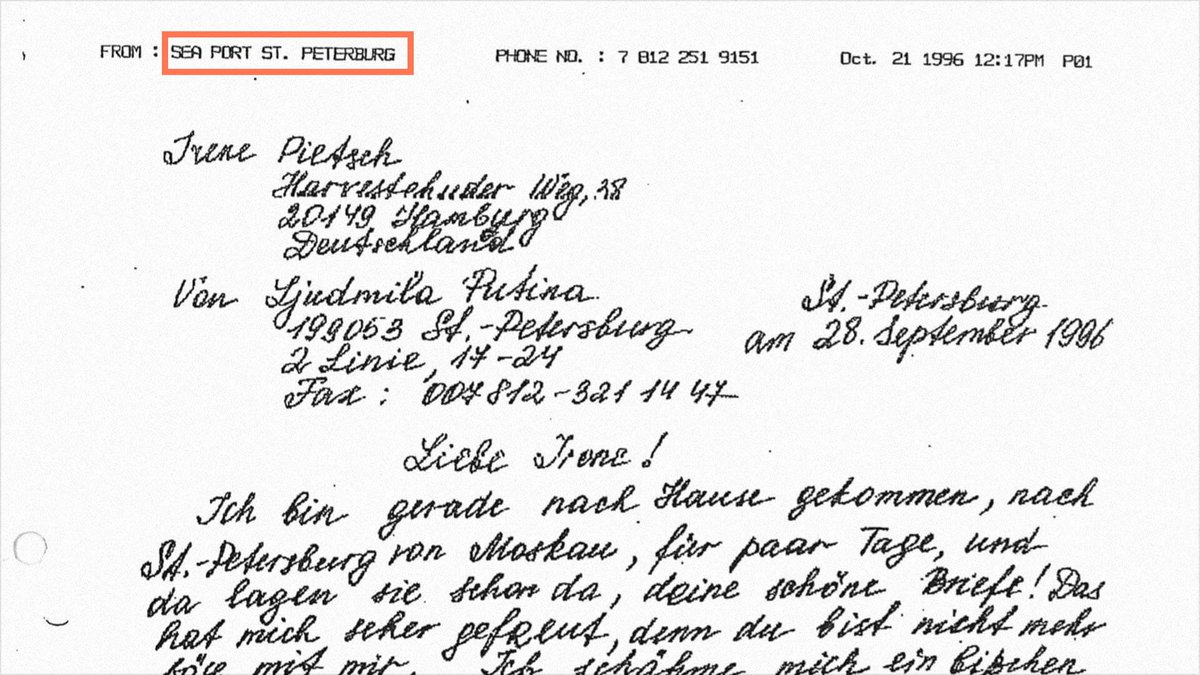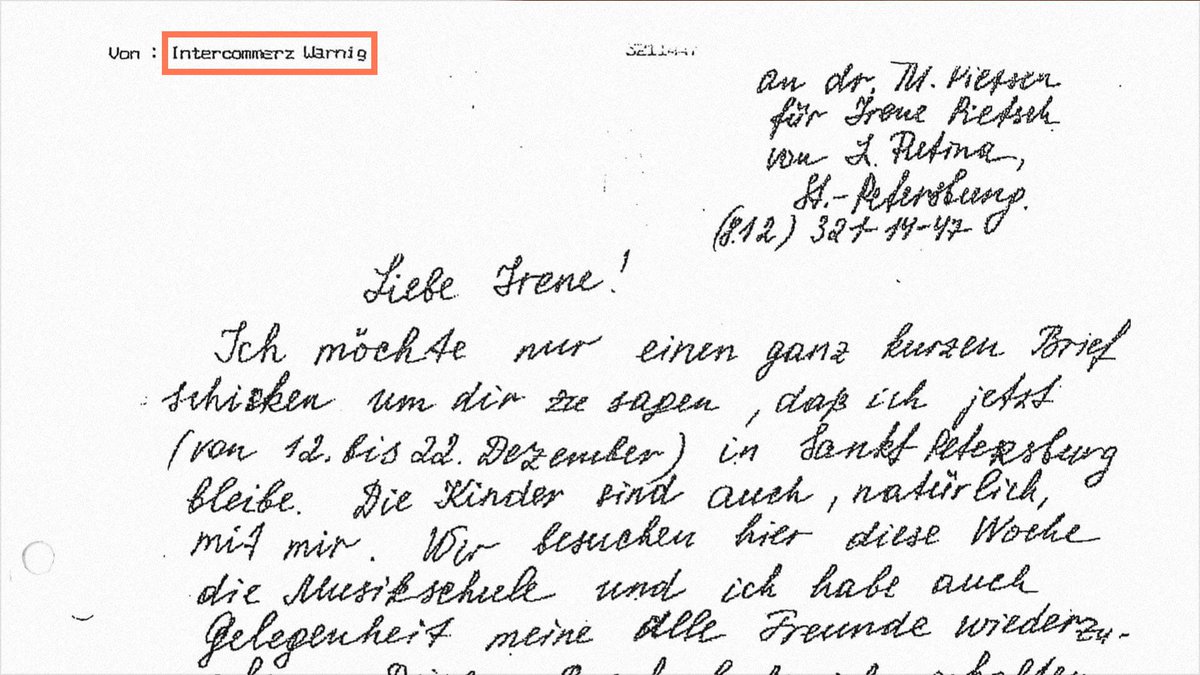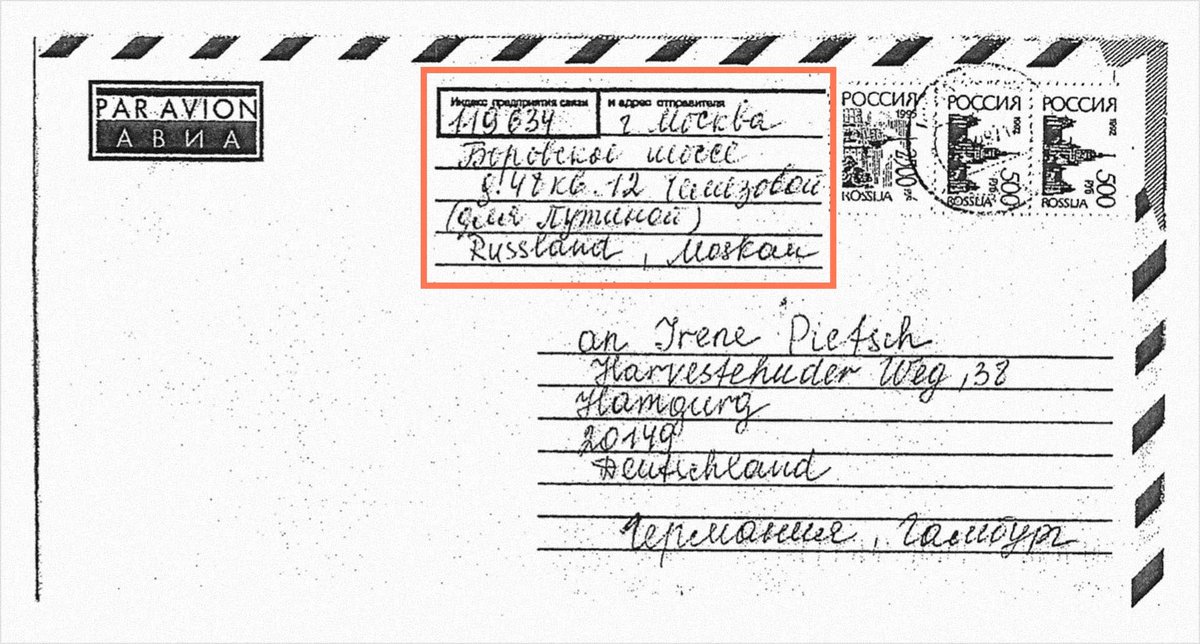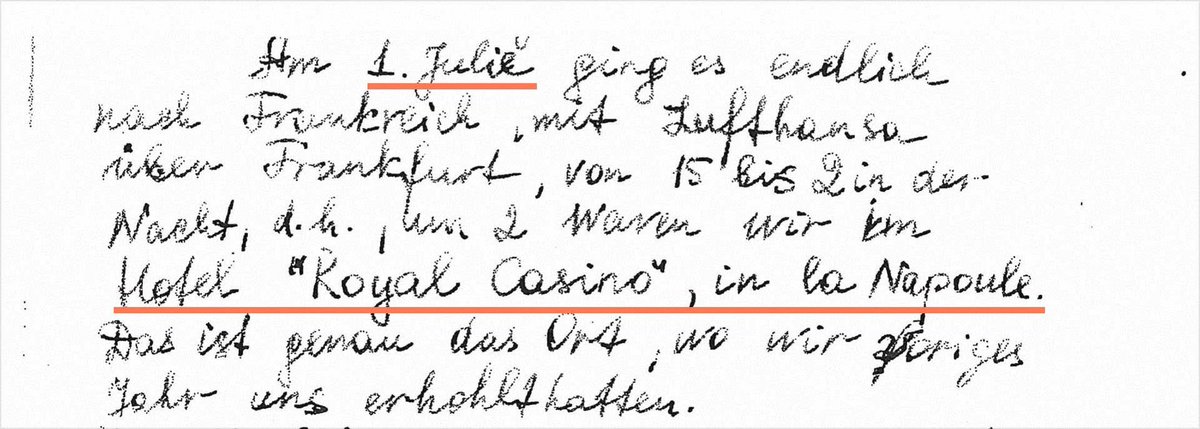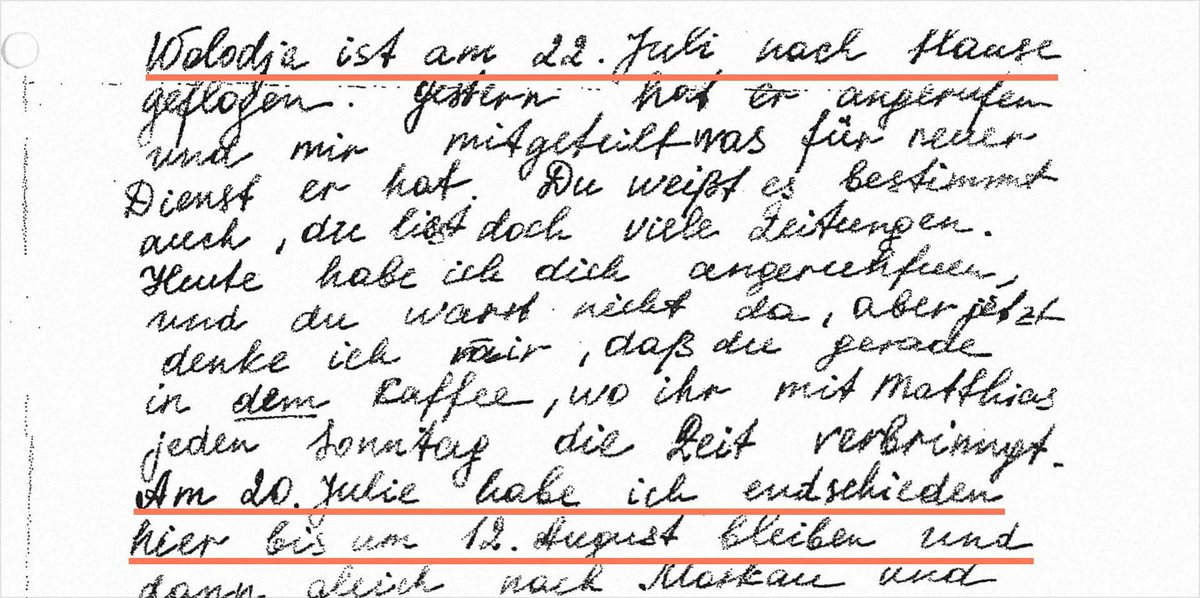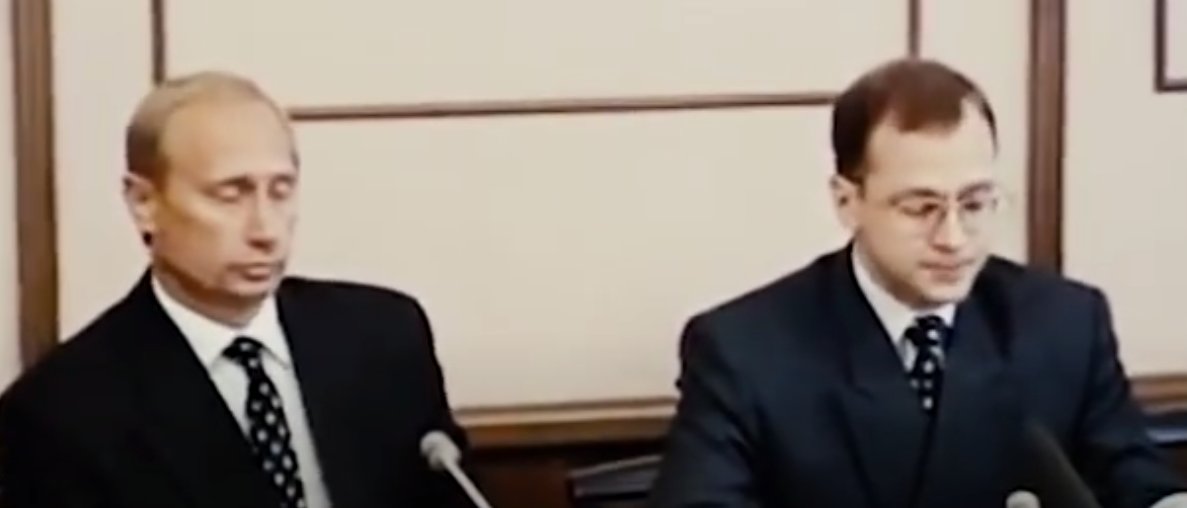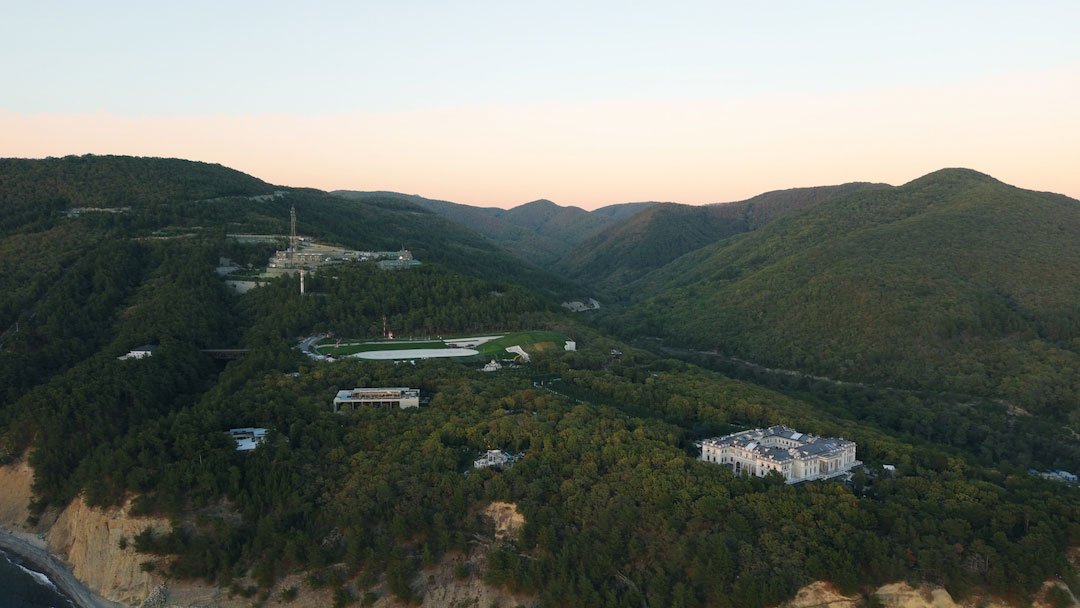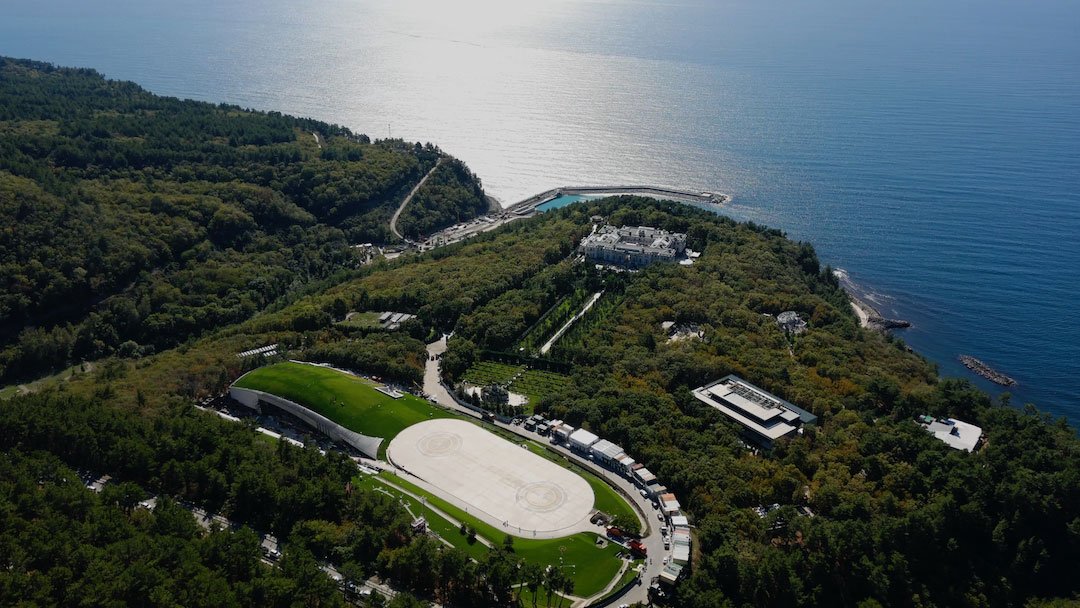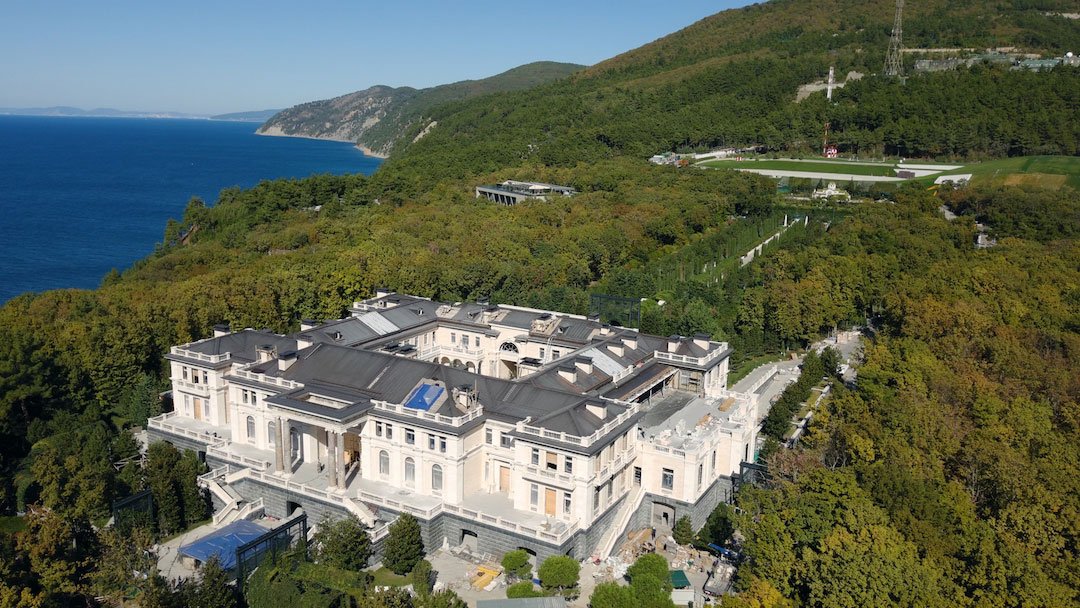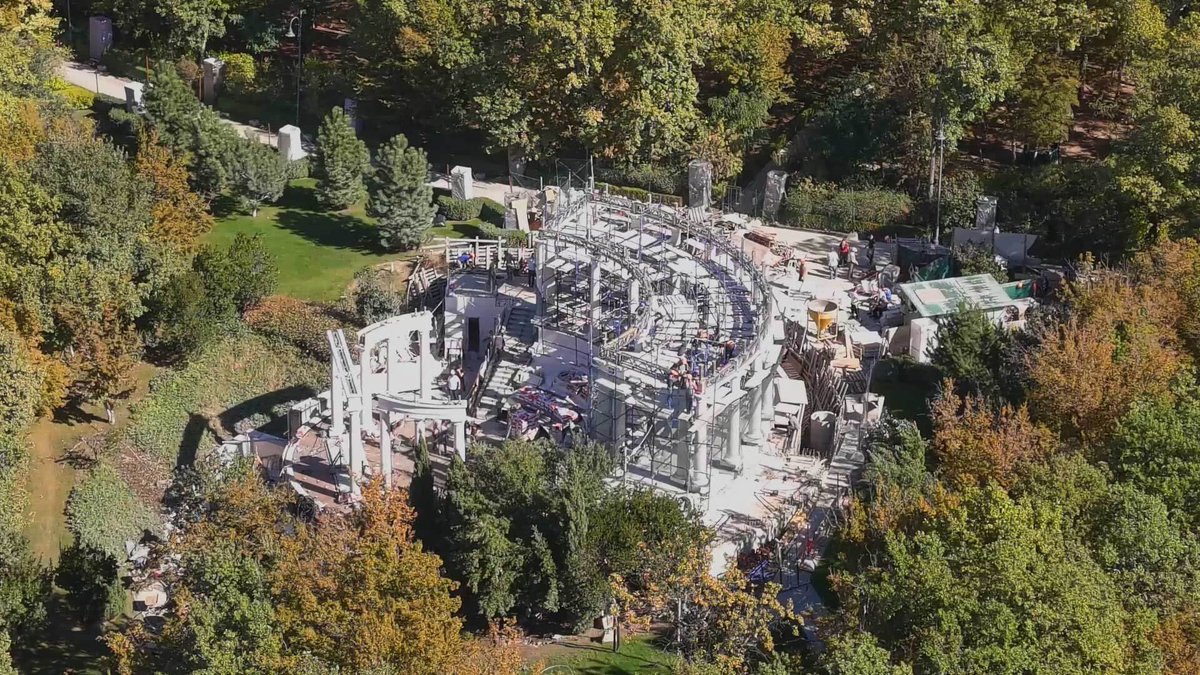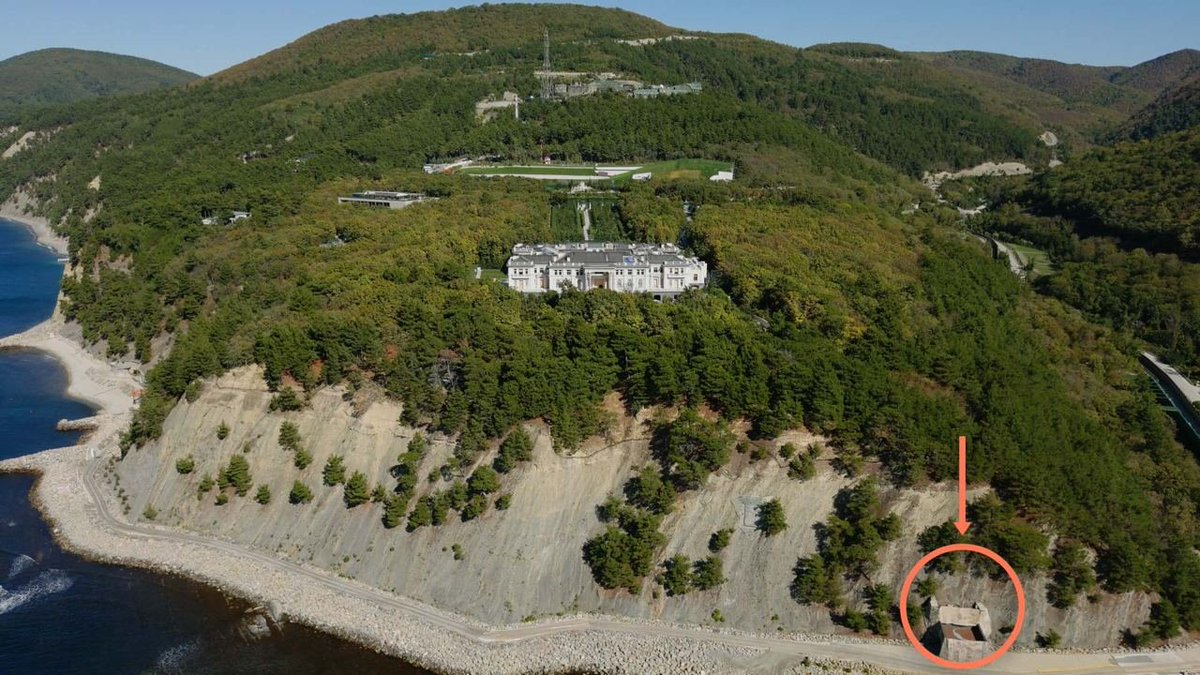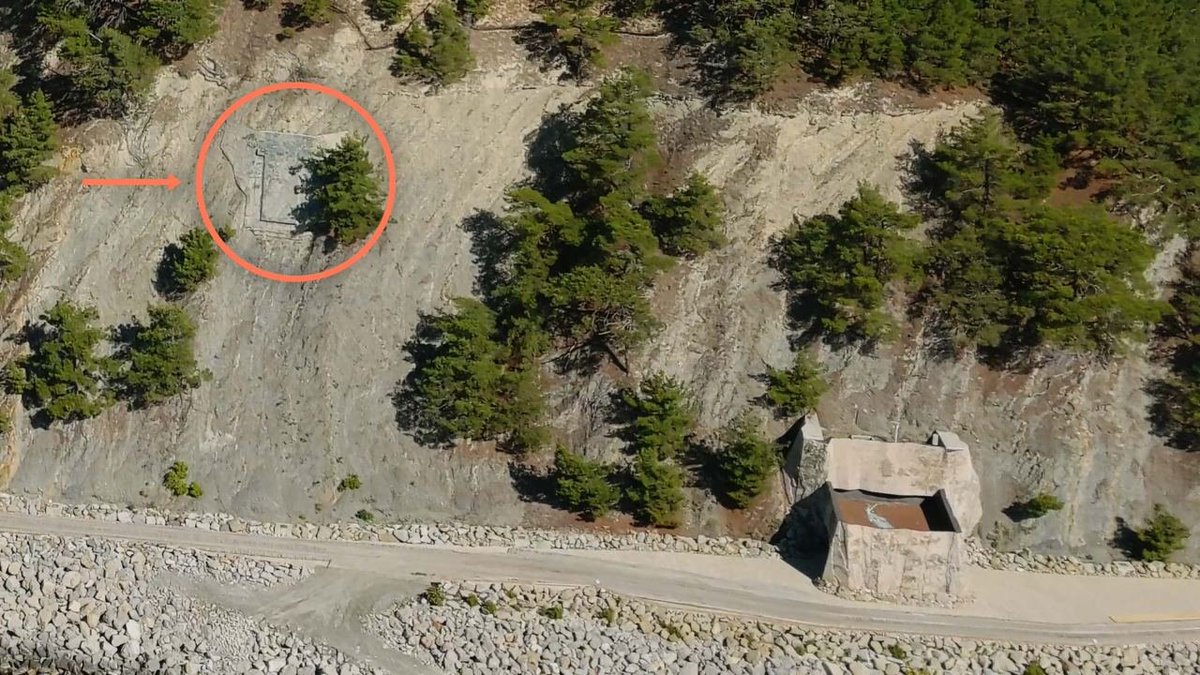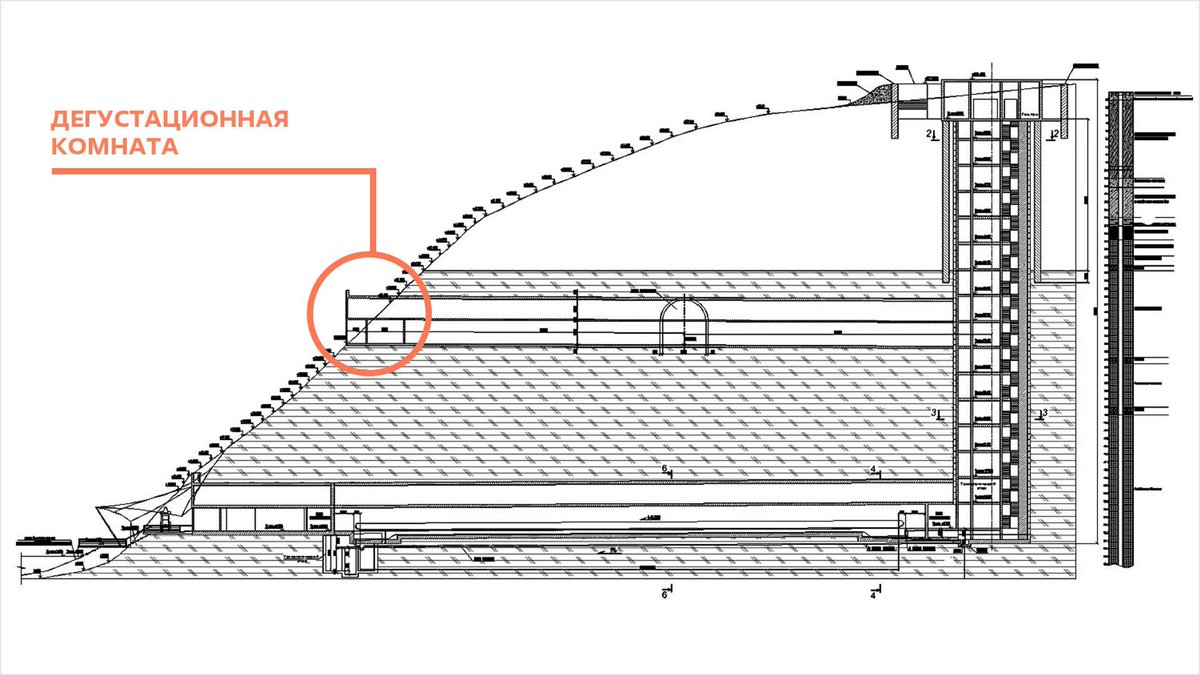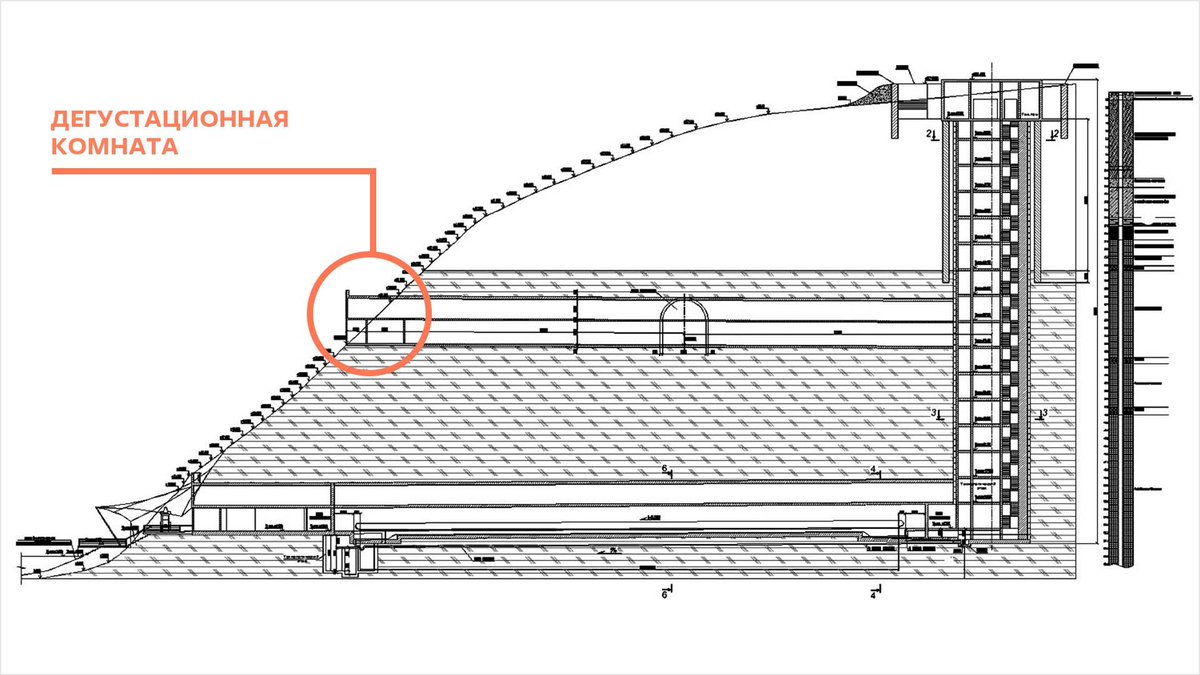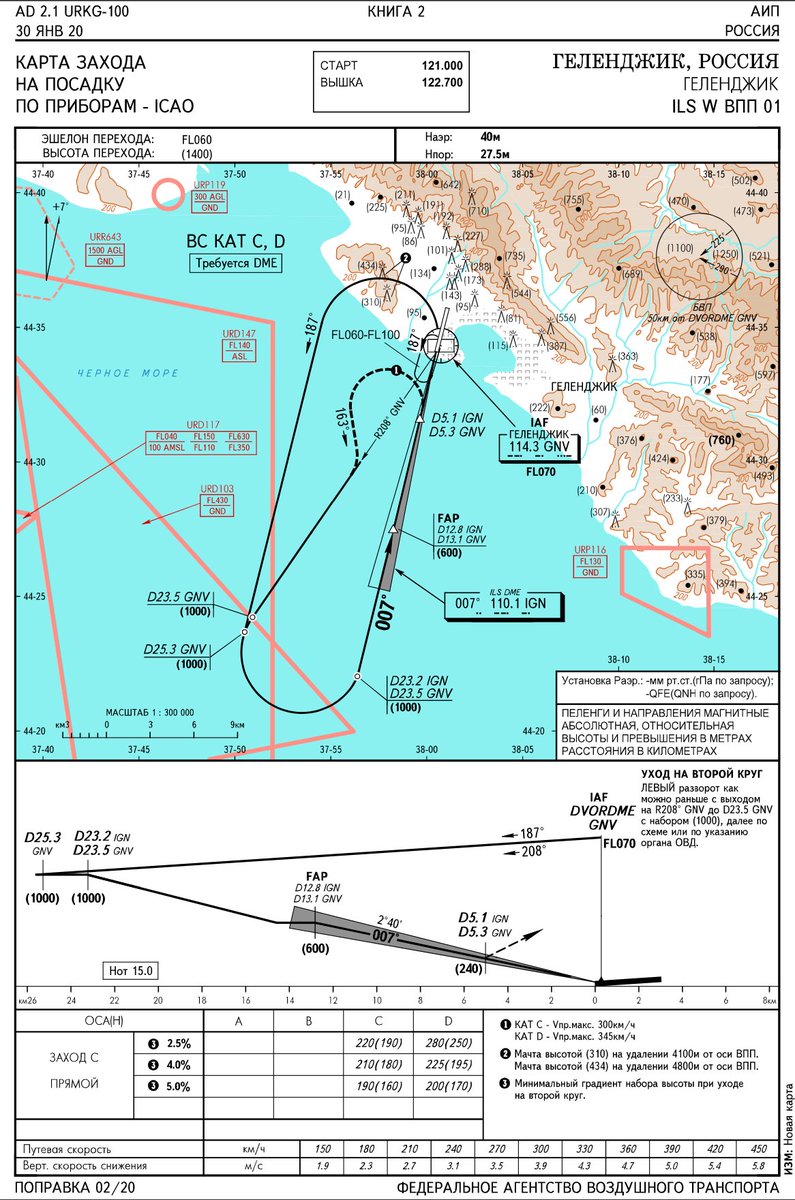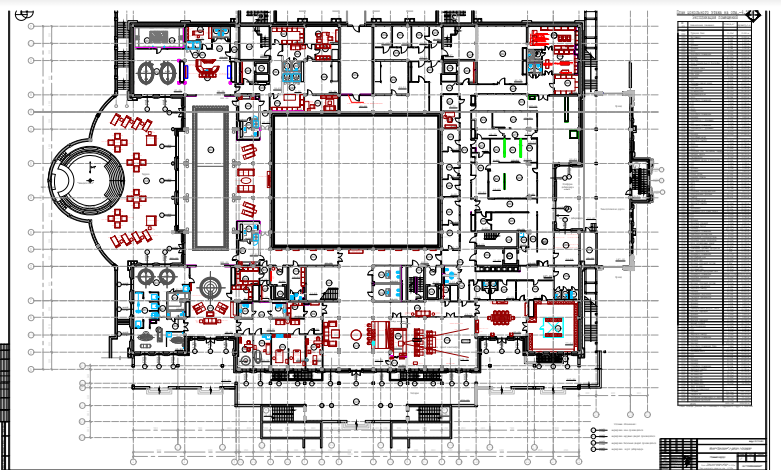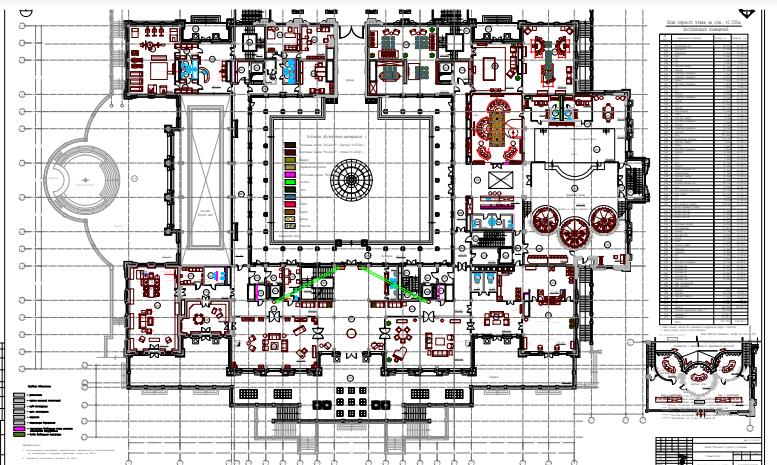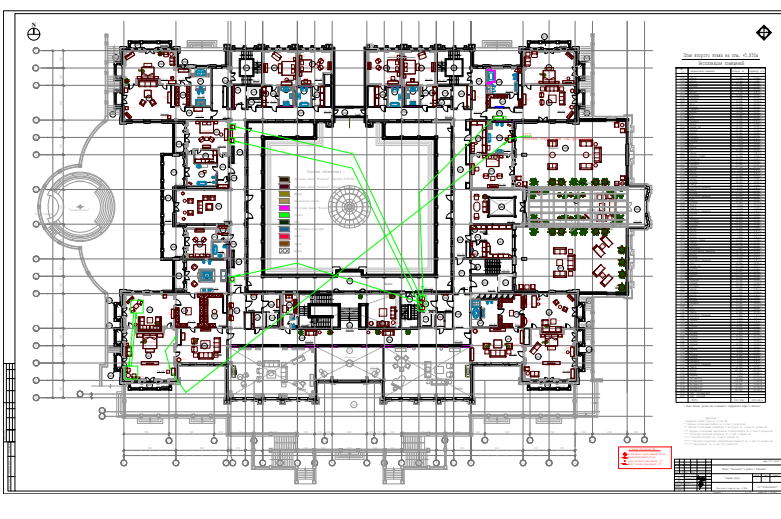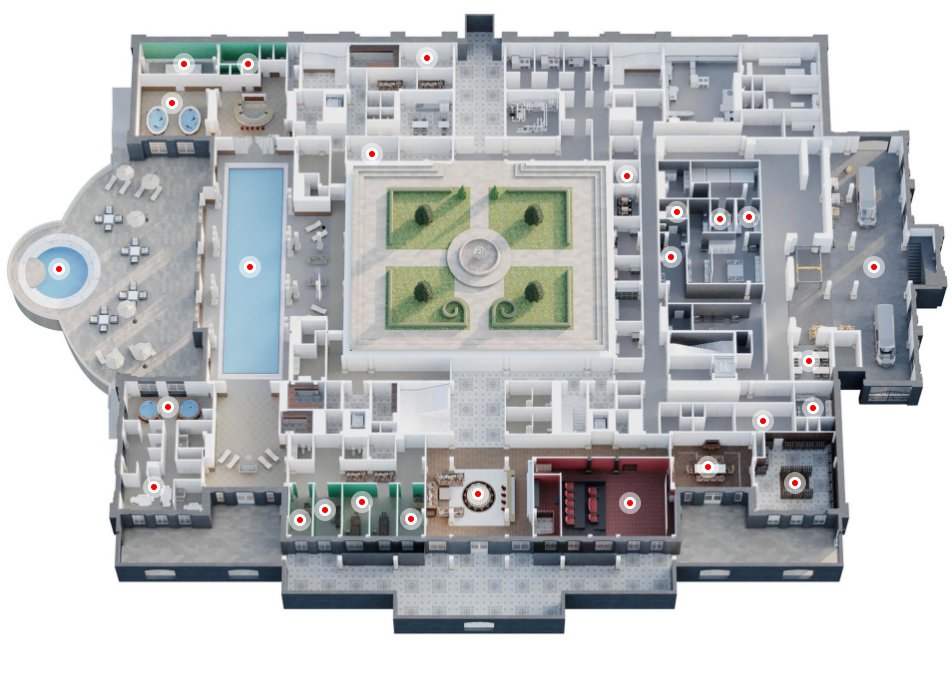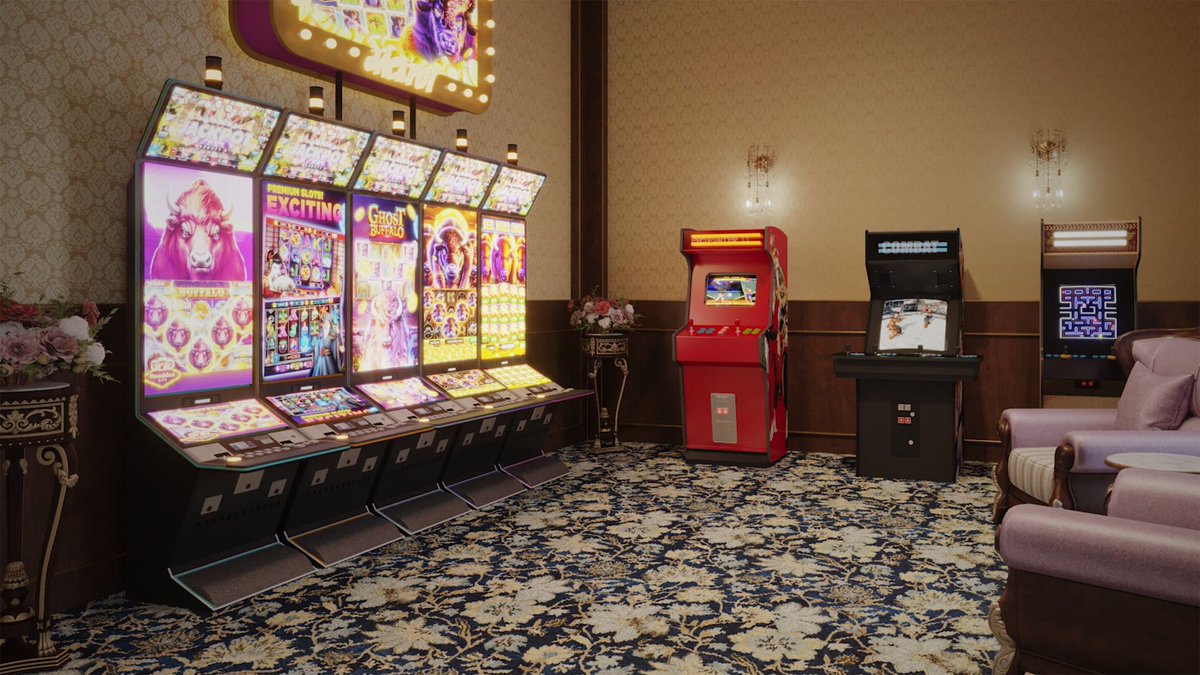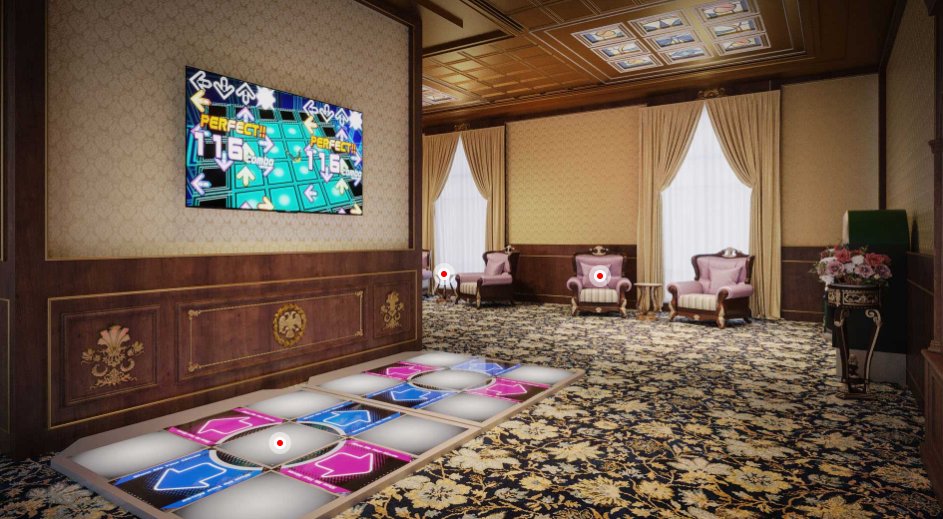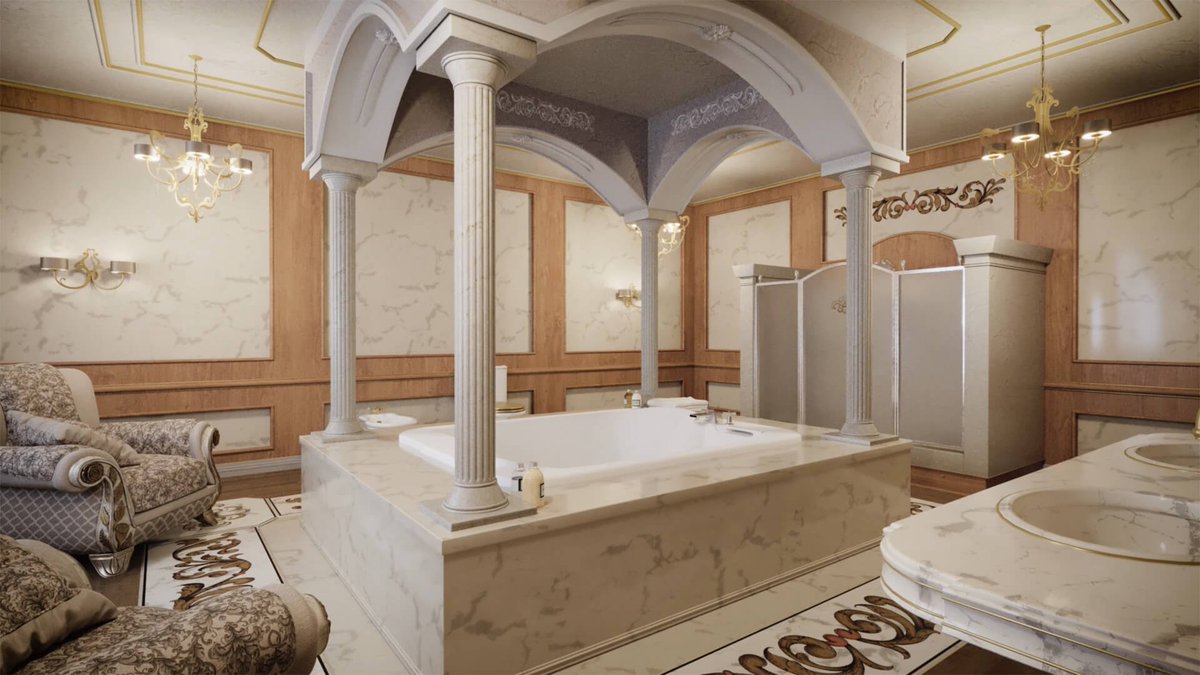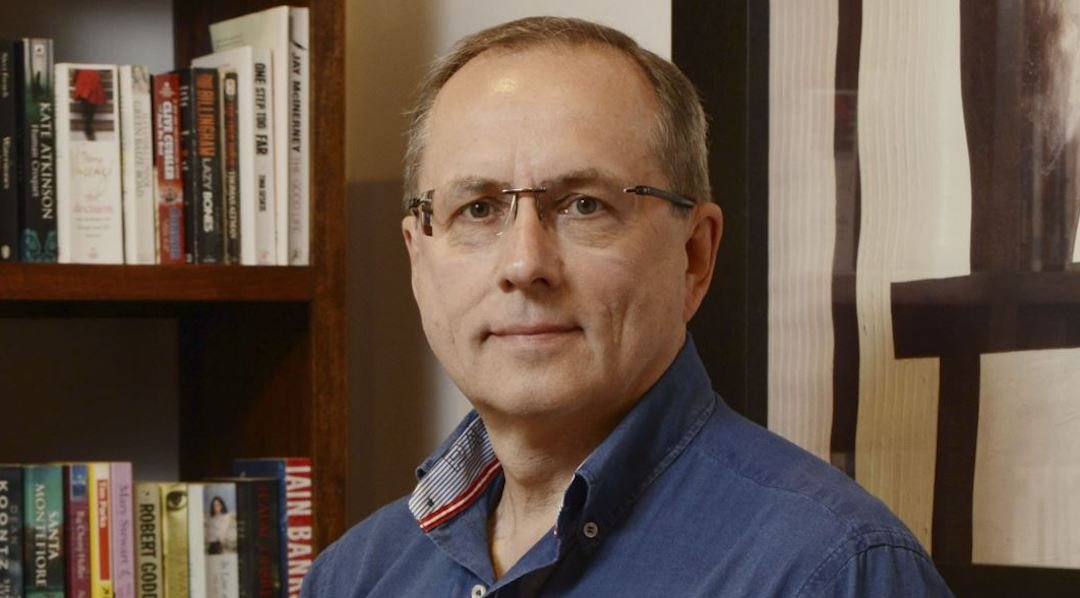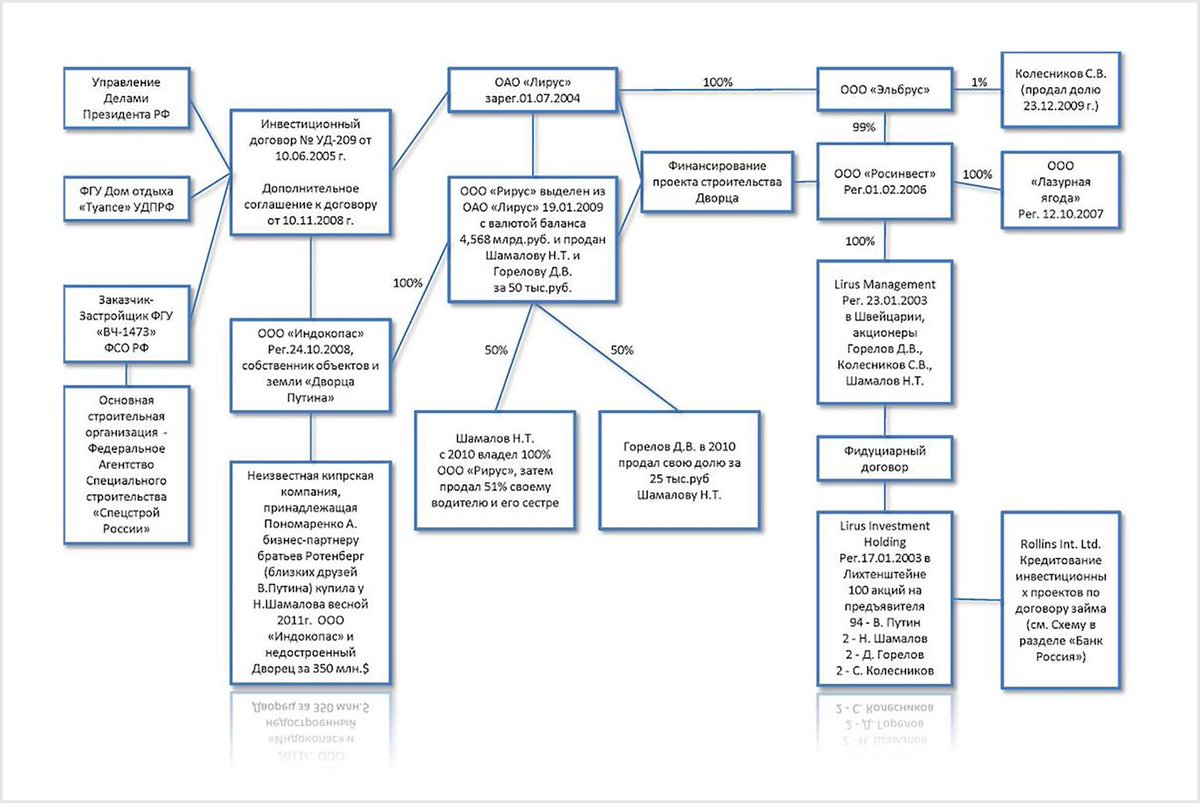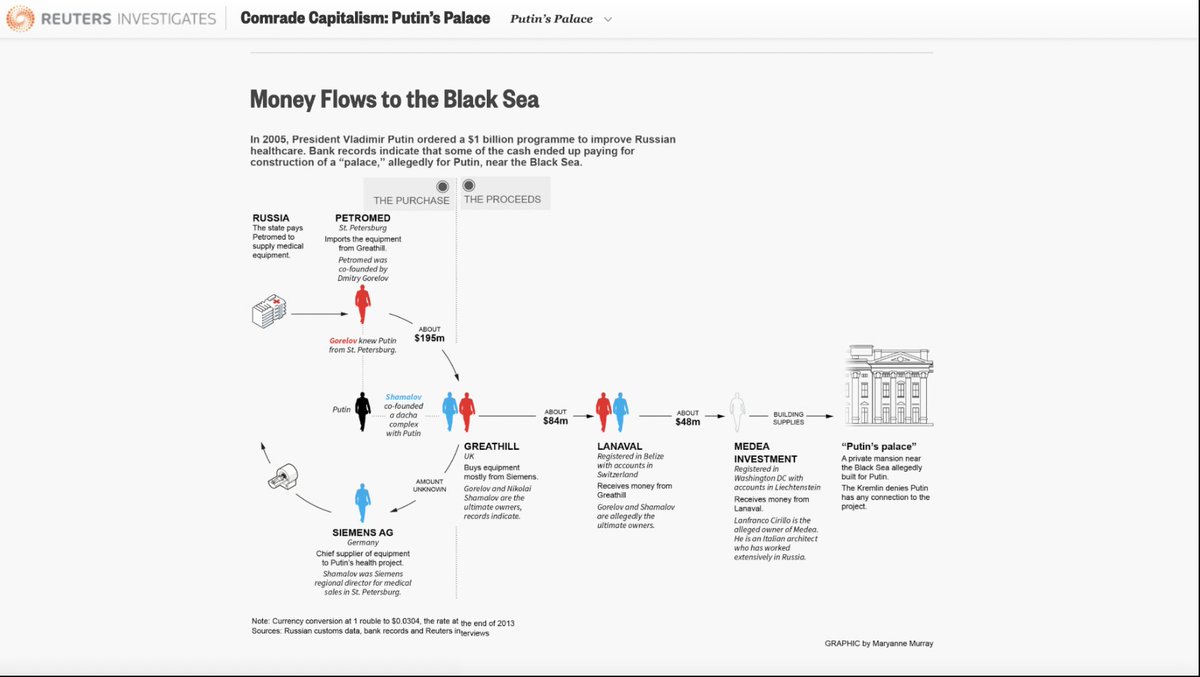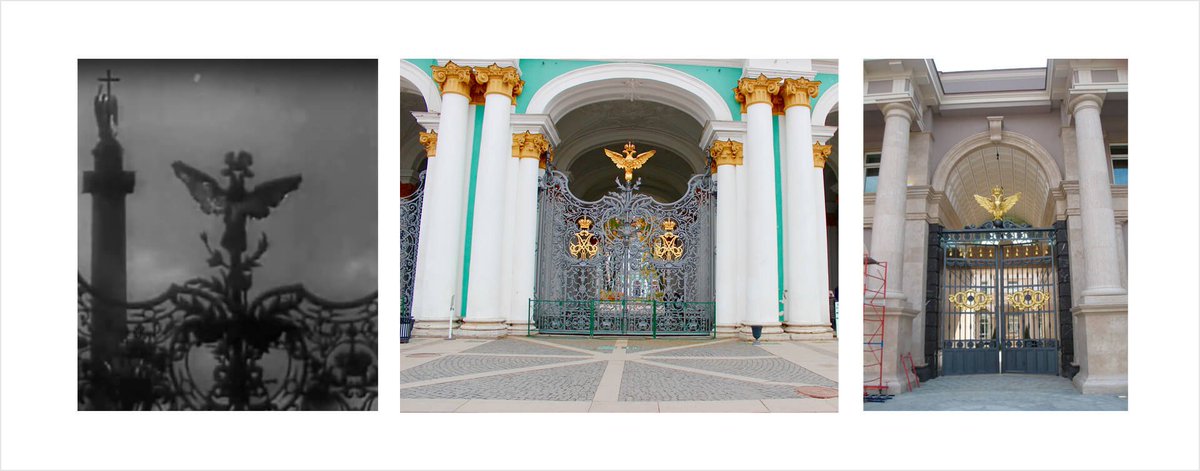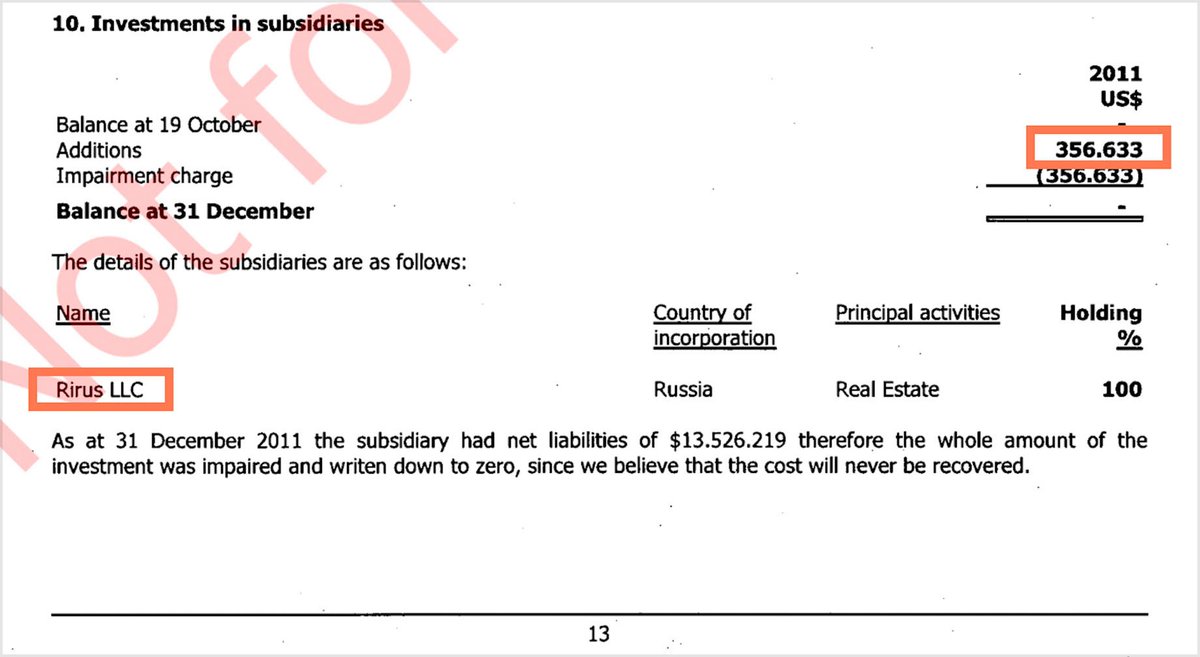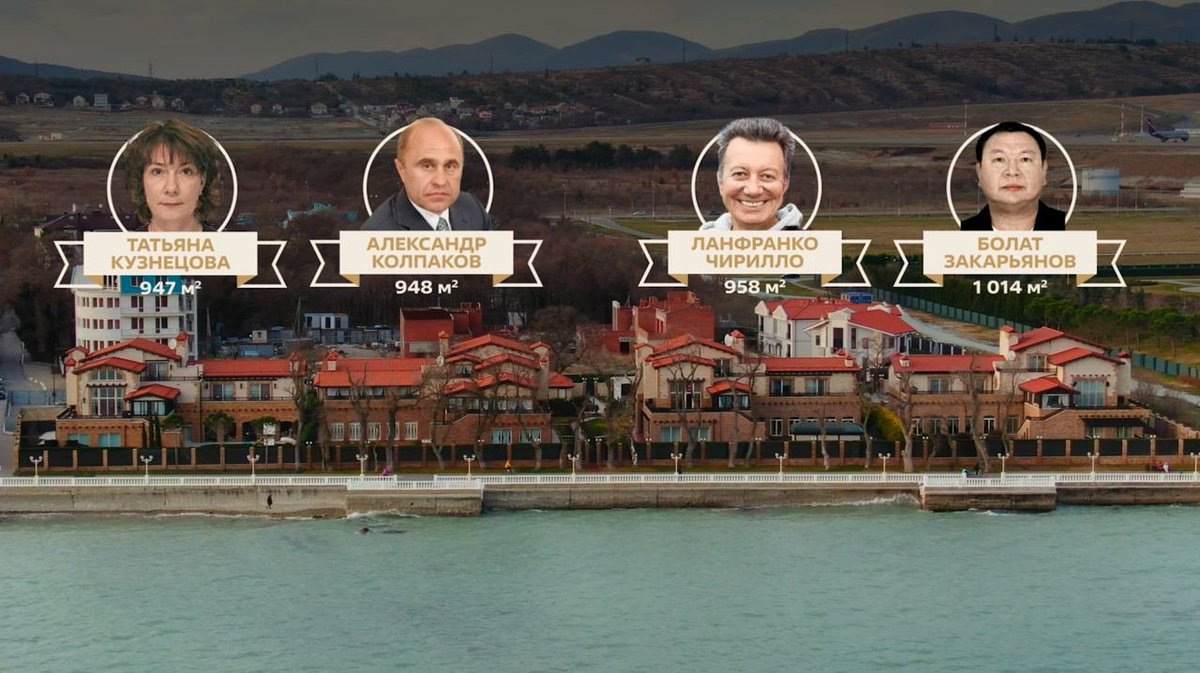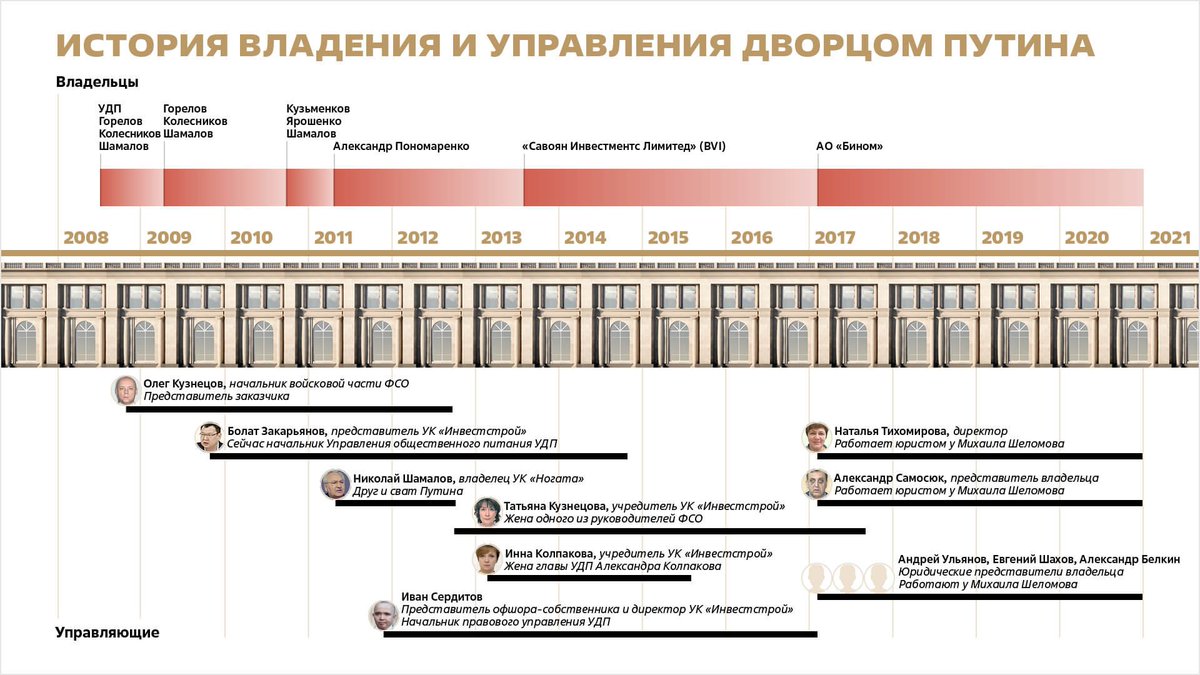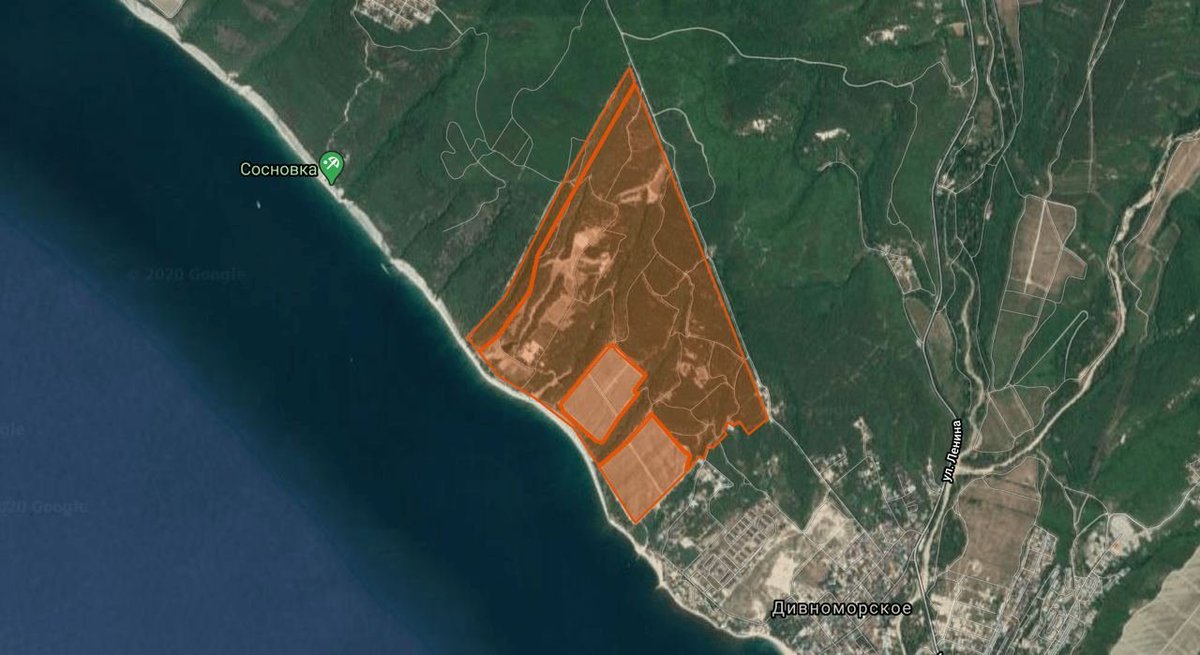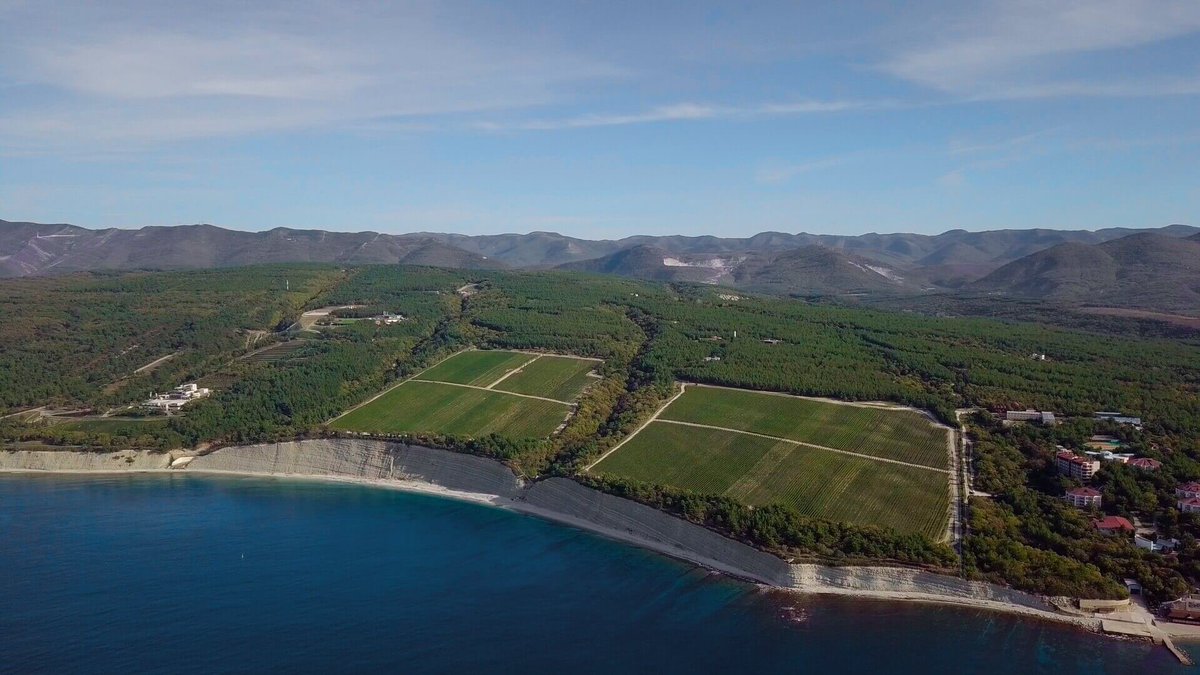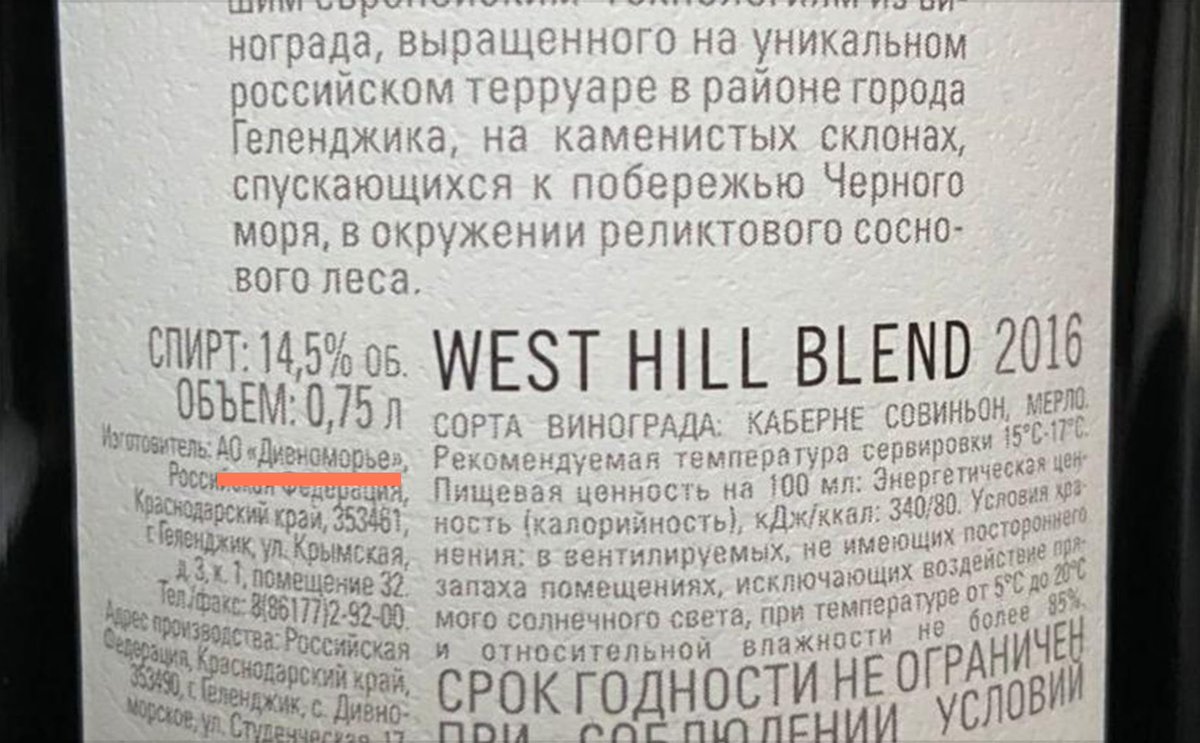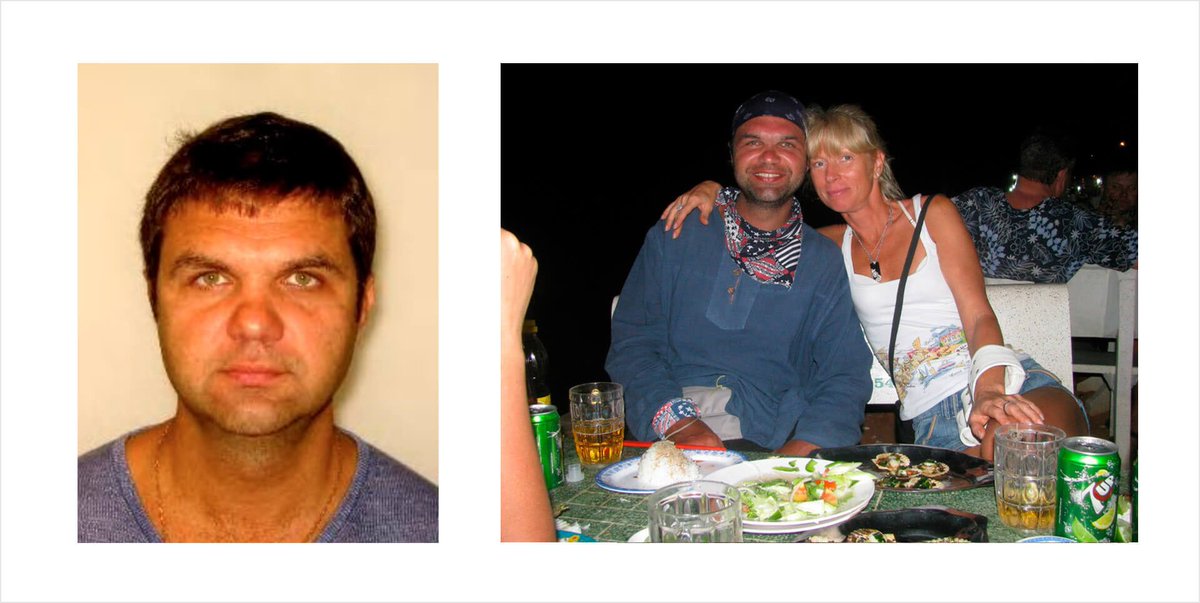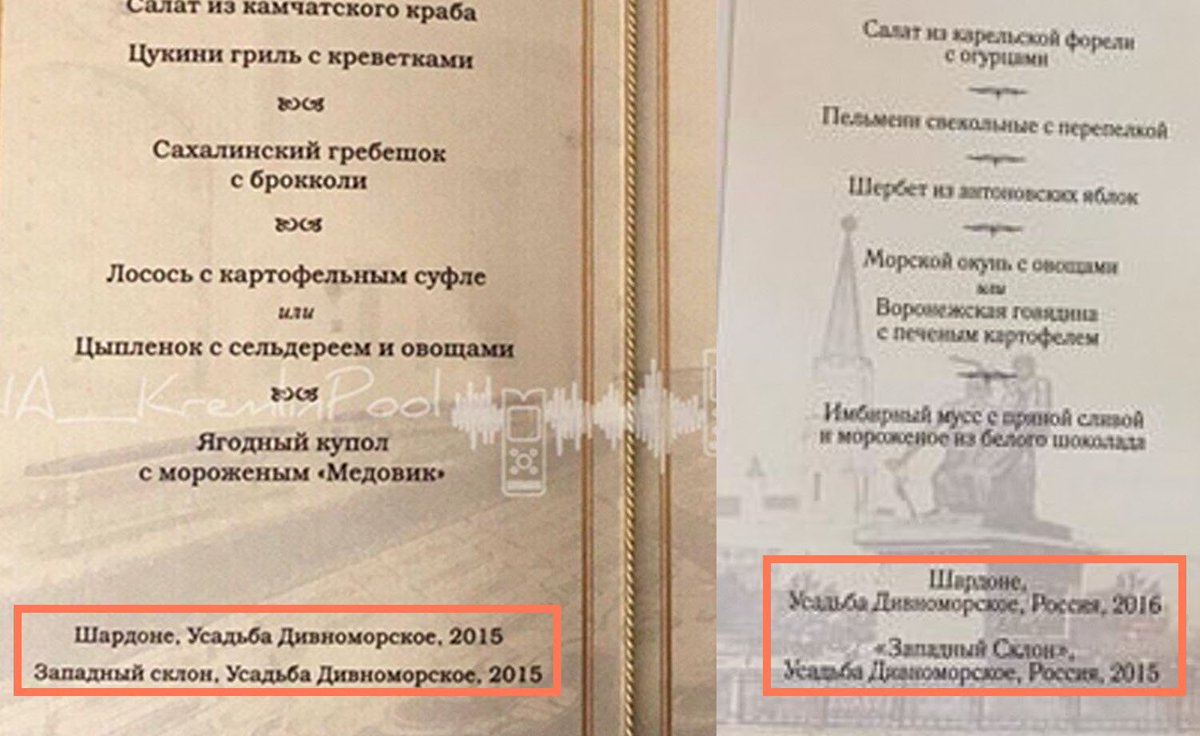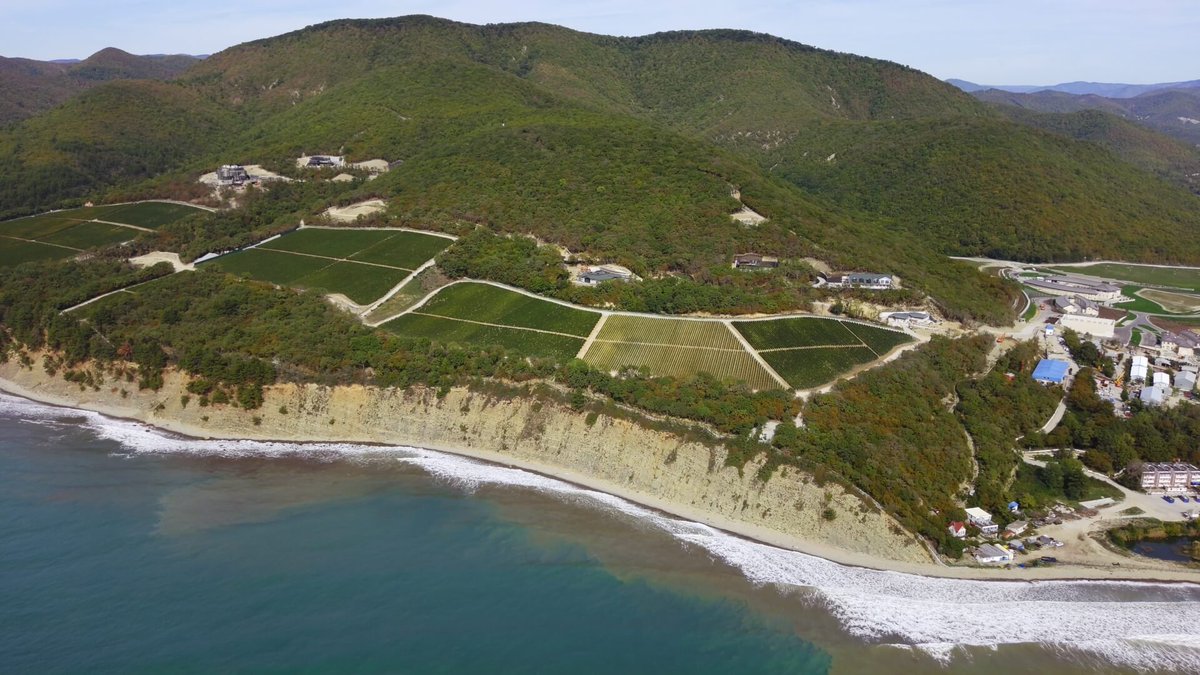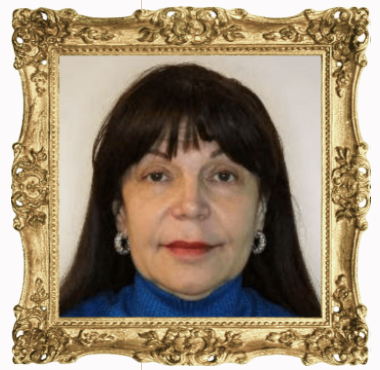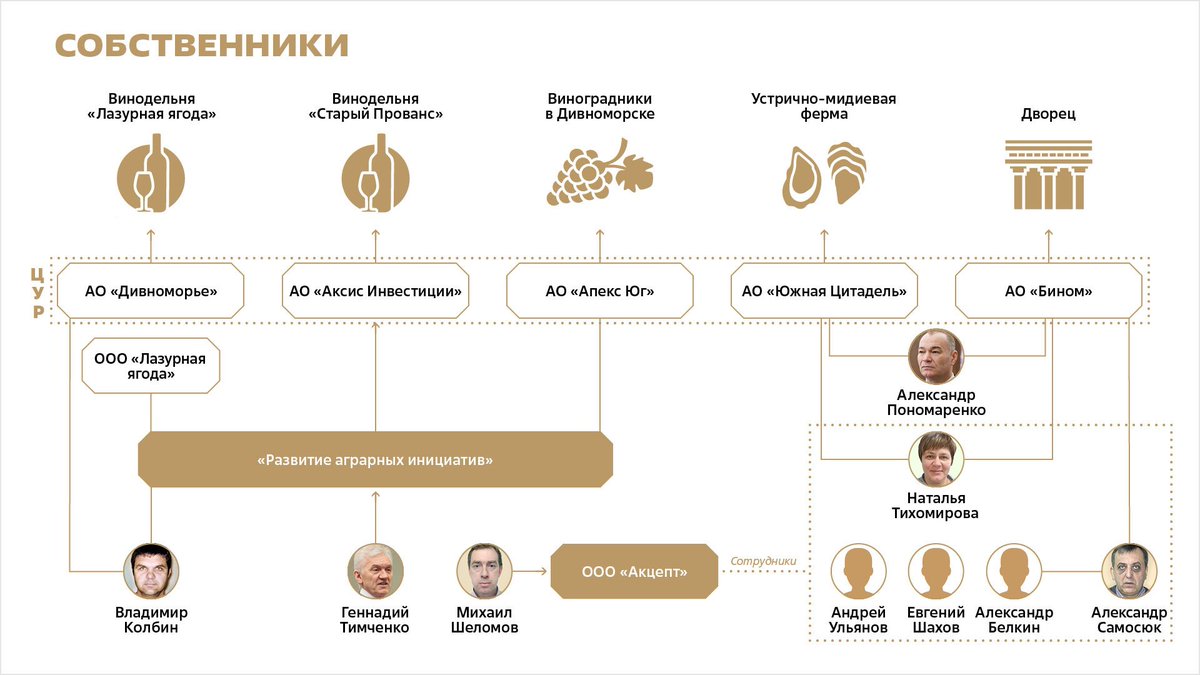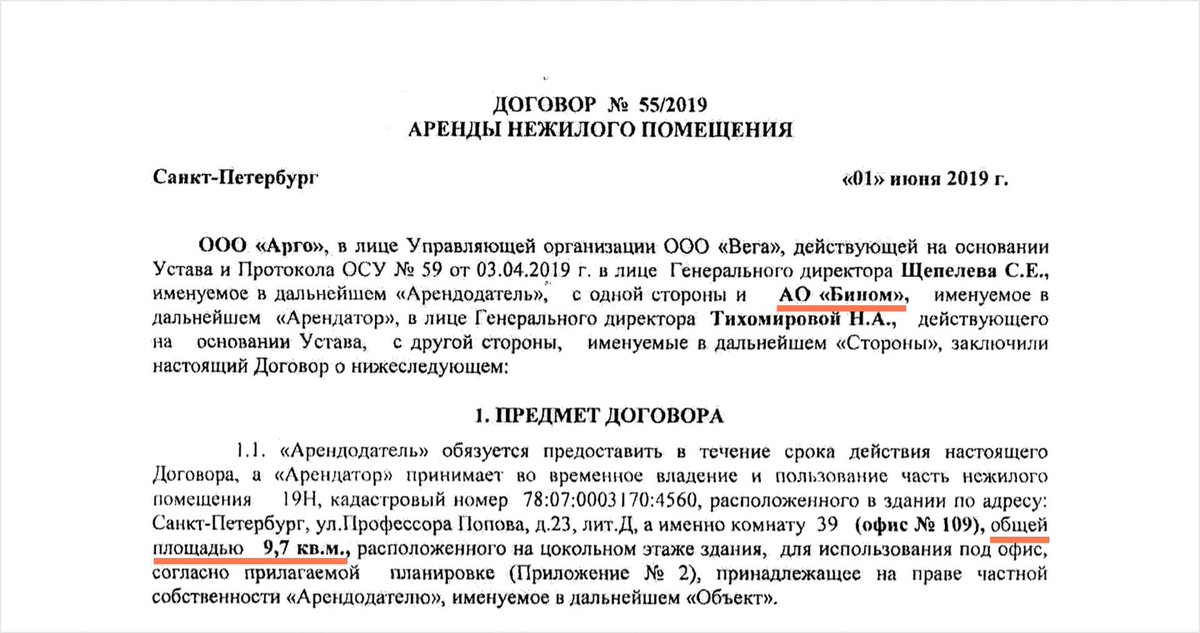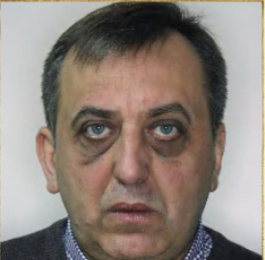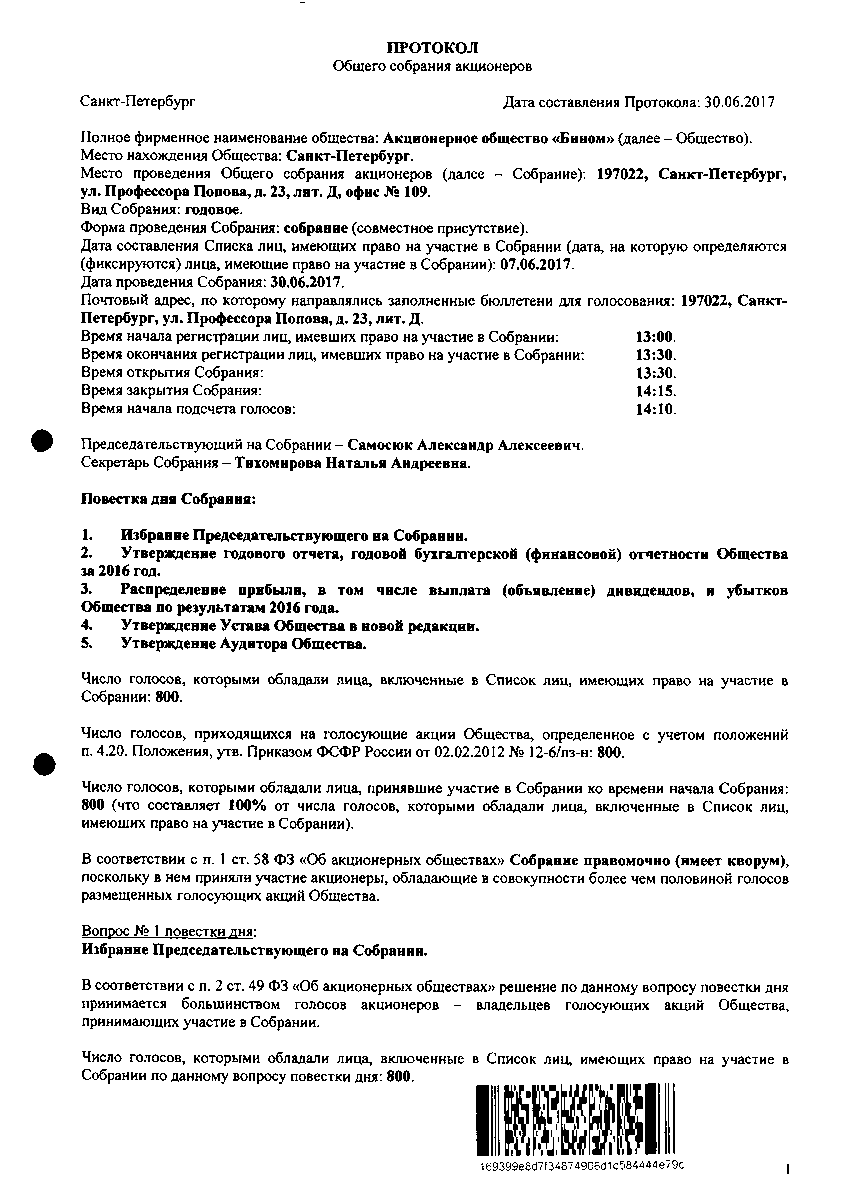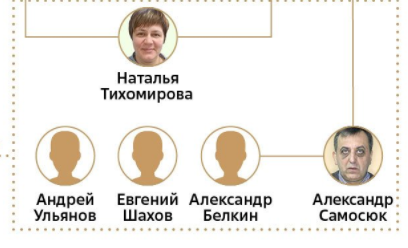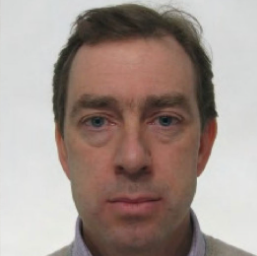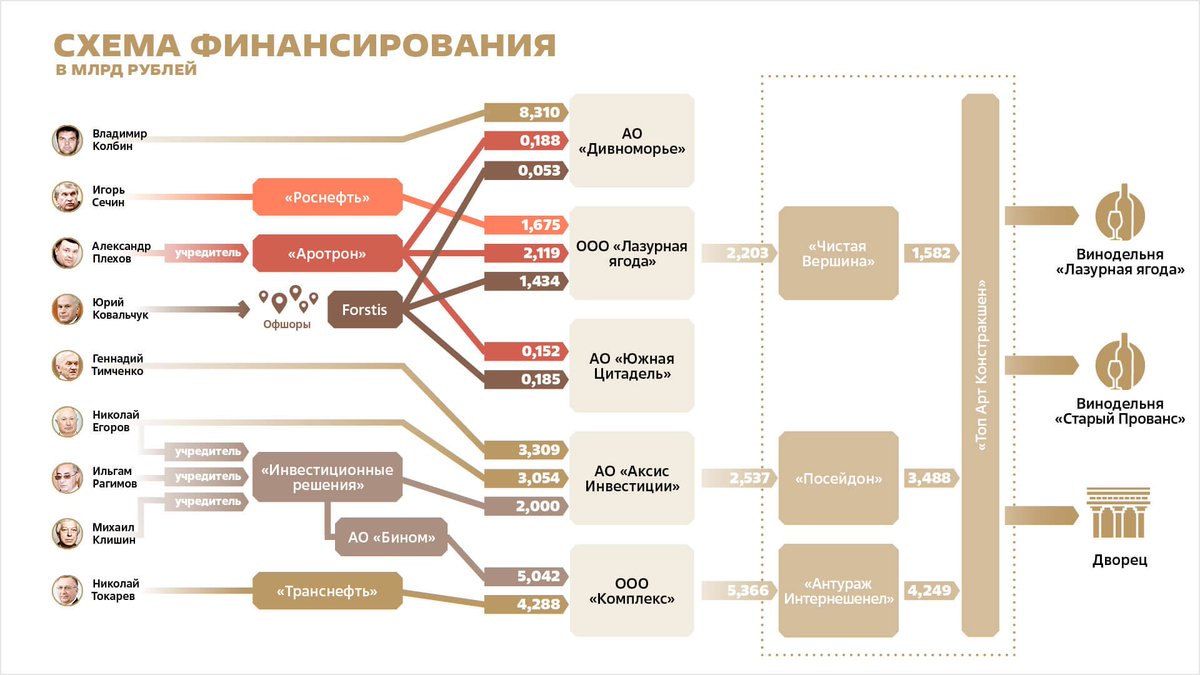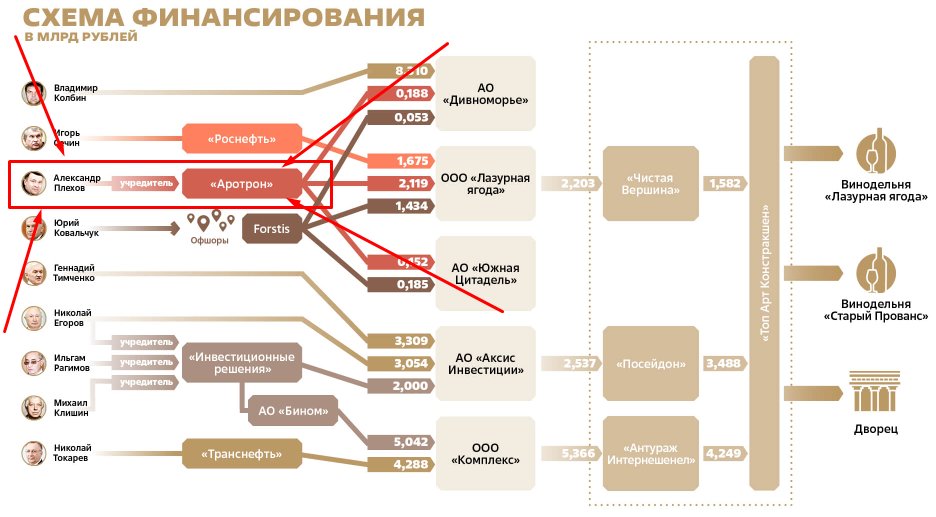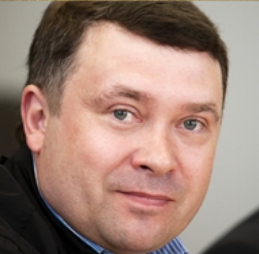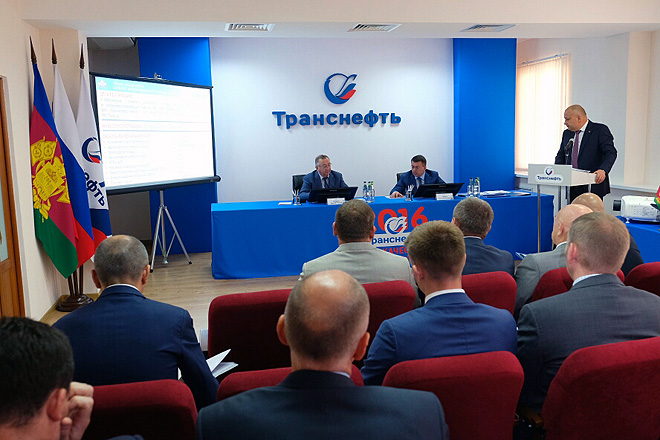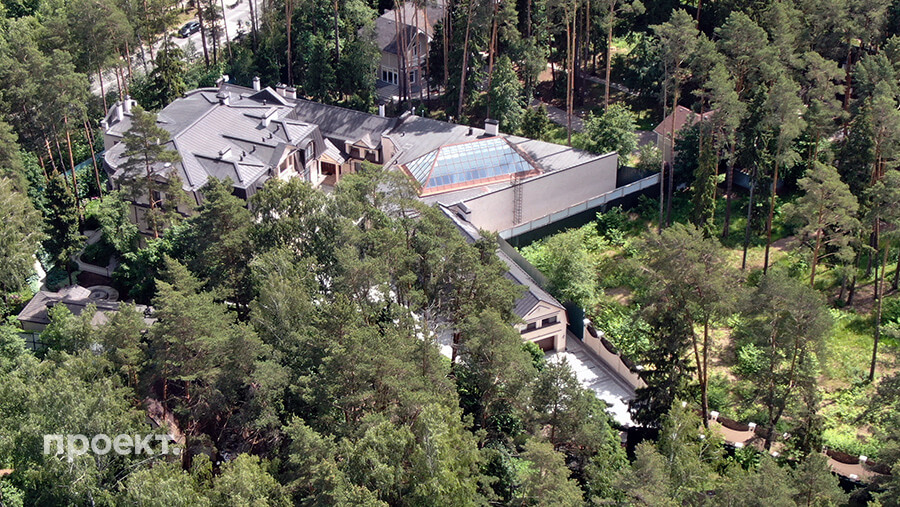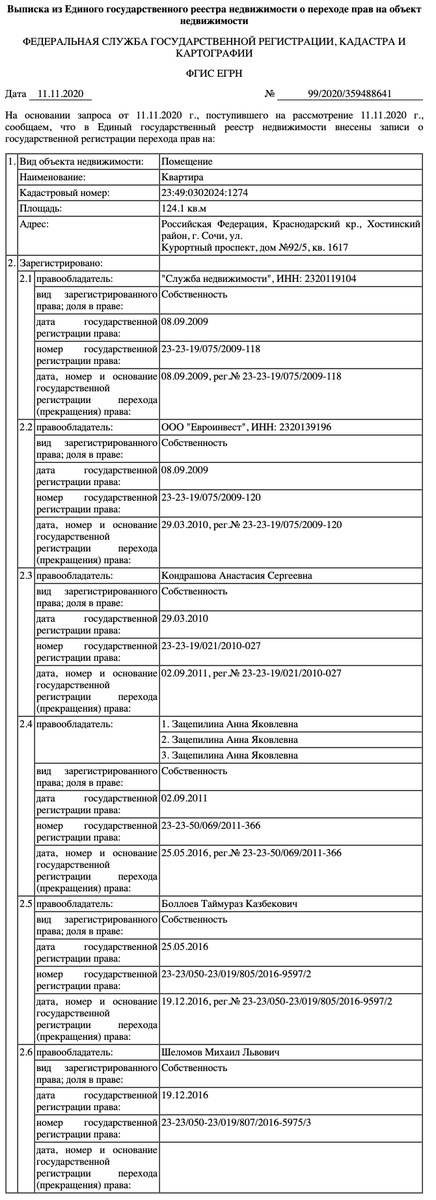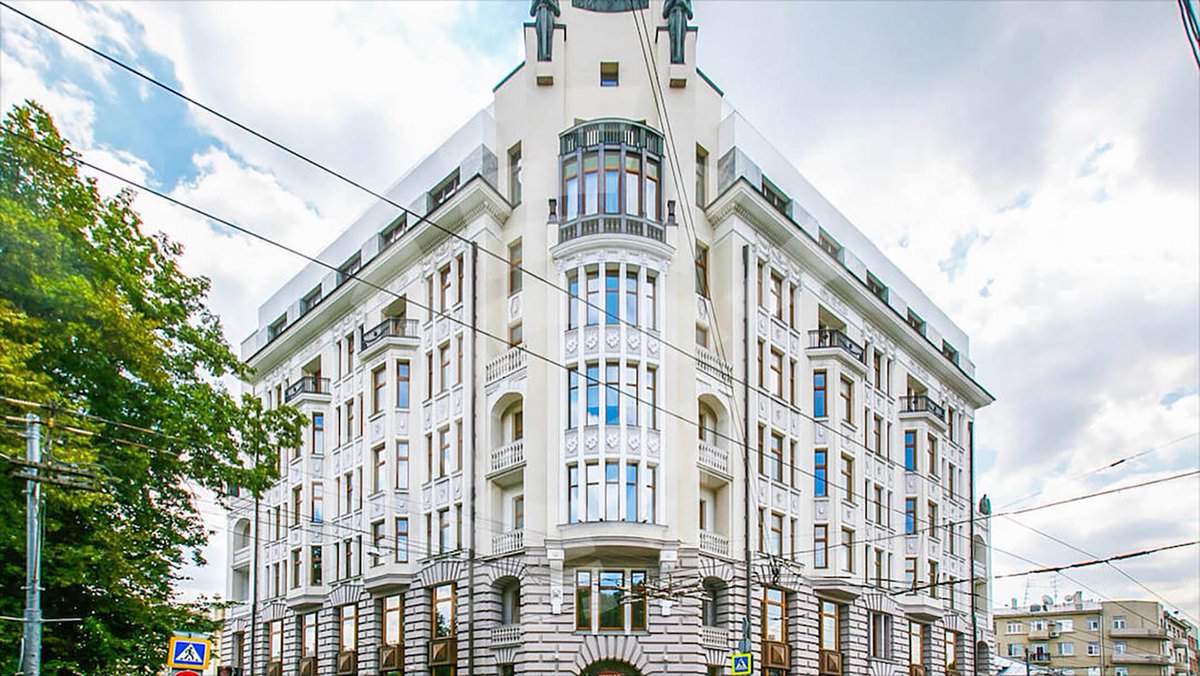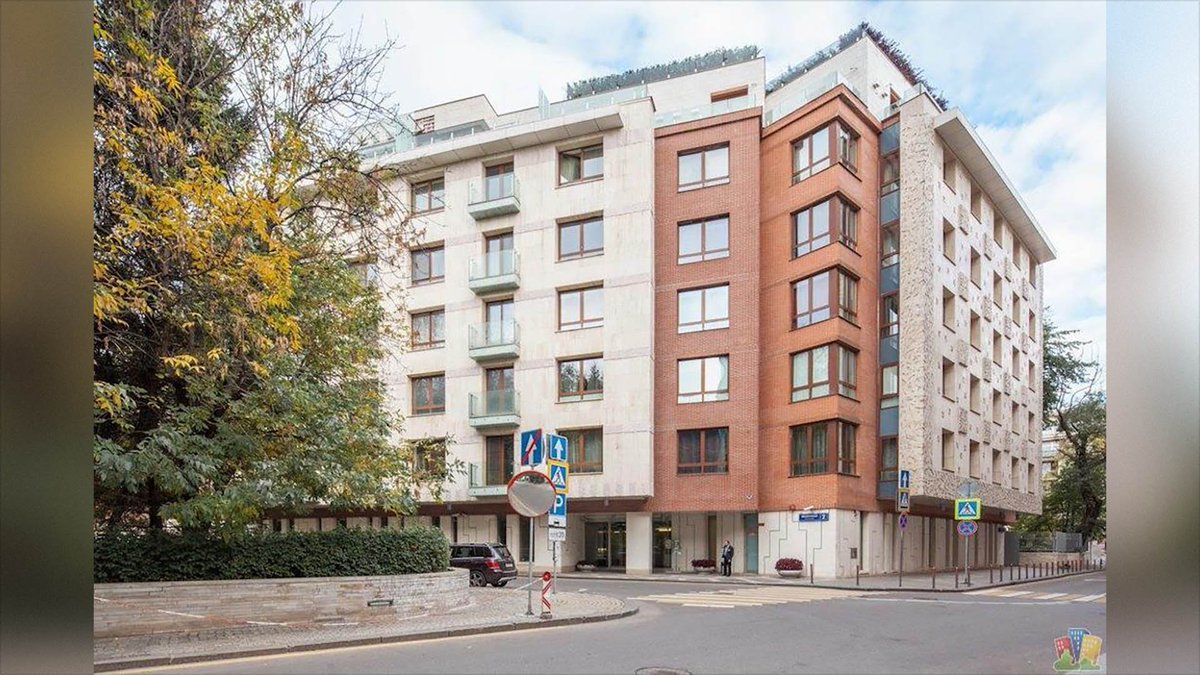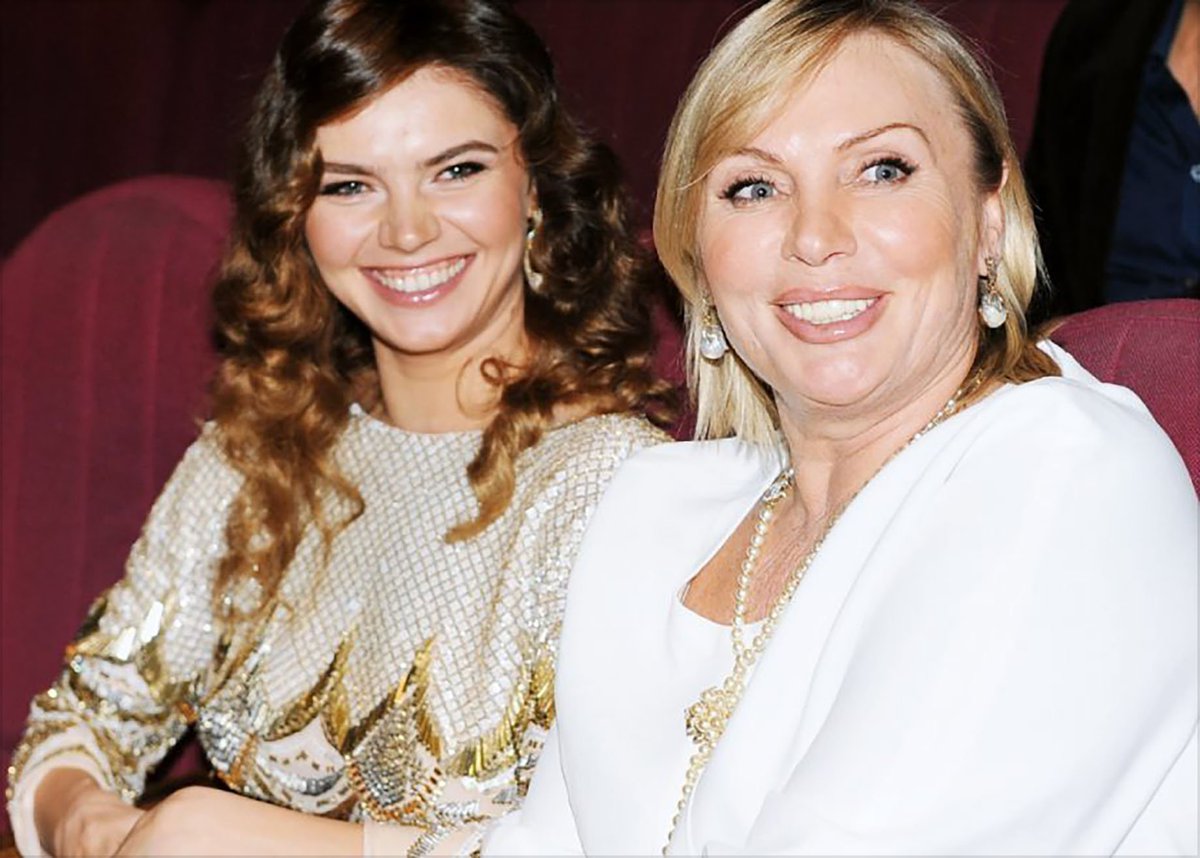Navalny’s new Palace Investigation focuses heavily on Putin’s time in Dresden with the KGB. The friends he made then became his moneybags as president. The rules of the game: register nothing to Putin directly, diversify risks, and old friends always trump new ones.
Navalny’s team says it’s discovered, for the first time, that Transneft president Nikolai Tokarev served with the KGB in Dresden alongside Putin. Tokarev hides this on his resume now. In Germany, he even shared an office with Sergey Chemezov (now Rostech’s head).
Navalny credits two men — “who in the 90s were considered the personifications of corruption” — with rescuing Putin from obsolescence and maybe prison in St. Petersburg: Yeltsin’s Presidential Property Management Department head Pavel Borodin and also Anatoly Chubais.
Navalny’s team says it acquired access to letters Putin’s ex-wife wrote to a German woman named Iren, who wrote a book about this friendship in 2002 (but it quickly disappeared from Russian bookshelves).
Mrs. Putina apparently faxed her letters from the St. Petersburg Sea Port, which at the time was under the control of the mobster Ilya Traber. “Intercommerz Warnig” refers to Matthias Warnig, another Dresden KGB guy who founded a bank in St. Pete and paid for the Putins’ things.
Navalny says these payments (for medical treatment and travel abroad) were “in-kind bribes.” He was repaid “with interest”: Warnig is now the managing director of the Nord Stream AG, a company for construction & operation of the Nord Stream gas pipeline from Russia to Germany.
With interest indeed — Warnig is also a board member at Rosneft, Transneft, Bank Rossiya, and Rusal, as well as a supervisory board member at VTB and an administrative council member at Swiss Gazprom.
The Putins’ friendship with the Chemezovs was so thick that Putin’s wife used the Chemezovs’ home address in Moscow on letters before the Putins were granted an apartment back in Russia.
Putina’s letters describe several fancy European vacations, including a trip to Switzerland w the Shamalovs (future ex-in-laws) & a summer 1998 visit to France, interrupted by Putin’s appointment as FSB head. (Officially, she’d been alone at the Baltic Sea when this happened .)
Footage of Putin’s appointment as FSB head in 1998 shows him looking unusually tan. According to Navalny’s investigation, it’s because Putin rushed to Moscow from France to take the job. Officially, he hadn’t been on vacation.
Navalny says Putin was hired by corrupt Yeltsin officials to protect them. In October 1998, Attorney General Yuri Skuratov went after Putin-friend Pavel Borodin (see above) for skimming off the top of Kremlin contracts. Within a few months, Skuratov was ousted with Putin’s help.
Navalny says the core principle developed by the 1990s St. Petersburg crooks and thieves who seized power in Russia remains in place today, fundamentally unchanged: If you want to steal govt funds or embezzle govt property, you’ve got to share with Putin.
Navalny says the $350-million sale in 2011 of Putin’s supposed villa in Gelendzhik to Alexander Ponomarenko and Arkady Rotenberg was a “legal illusion.” The mansion’s interior, moreover, indicates that Putin (still the true owner) is “mentally ill” and obsessed with luxuries.
Navalny’s team says it made four attempts to photograph Putin’s palace. It succeeded only once. Here are images of what is apparently the single largest private residence in all of Russia. This place is 190,425 square feet.
The palace has been under massive remodeling due to shoddy construction work that left mold throughout the building. The repairs have cost billions (of rubles?), says Navalny’s team.
One of the biggest sites in the whole palace is an amphitheater that’s been rebuilt several times. Navalny jokes that Putin must be searching for the perfect colosseum to host “gladiator battles” between Sechin and Chemezov. Or maybe Sergey Roldugin keeps negging the acoustics?
Navalny says Putin’s palace even has an emergency escape hatch that leads to the sea. Personally, I think it’s more likely that this is where James Bond gains access.
The tunnel actually includes a “tasting room” (disguised from the outside) with a luxurious seaside view. If you thought Putin was going to hideout in the dust with the mice and fleas, think again.
Navalny’s team found that the FSB refuses to permit boats within a mile of Idokopas Cape, where Putin’s palace is situated. Here’s a video of the FSB telling a researcher that getting closer to Idokopas is impossible.
Where did Navalny get blueprints for Putin’s palace? He says they came from a contractor who was so stunned and enraged by the site’s opulence and excess that this person became a whistleblower.
These already infamous scenes from inside Putin’s palace aren’t actually photographs — they’re custom-ordered 3D visualizations based on the leaked blueprints. Some of the furniture is based on previously leaked photos. Be warned: there’s some (a lot of) artistic license here.
So how did this thing get built? In 2010, Petersburg businessman Sergey Kolesnikov published an open letter to President Medvedev, calling for an end to Putinist corruption, wherein he outlined how the Gelendzhik palace came to be. http://web.archive.org/web/20131226151904/http://skolesnikov.org/?page_id=92
Here’s how it went down: in the early 90s, Kolesnikov and retired KGB colonel Dmitry Gorelov founded the Petersburg-based medical supplies company “Petromed.” The Petes mayor’s office grabbed a stake and Deputy Mayor Putin represented the city.
In early 2000, Nikolai Shamalov (future in-law and erstwhile Switerzland travel buddy) proposed that oligarchs like Roman Abramovich and Alexey Mordashov donate to Petromed. 35% of this money was funneled through a special offshore firm “94%-owned by Putin."
Some of this money funded the palace. In 2005, presidential management head Vladimir Kozhin signed an investment agreement to build a children’s rec center in Gelendzhik. For the job, the Kremlin joined with the firm “Lirus,” owned by Shamalov, Gorelov, and Kolesnikov.
Navalny says $1 billion was set aside for Putin’s palace — the same amount of money (the same money?) earmarked for healthcare spending. Reuters reported something like this back in May 2014. https://www.reuters.com/investigates/special-report/comrade-capitalism-putins-palace/
Navalny says the double-headed eagle-adorned gates leading into Putin’s palace are every bit imperial as tsarist as they were in Sergei Eisenstein’s “October: Ten Days That Shook the World."
To suppress the story in the media, the palace was formally sold to businessman Alexander Ponomarenko, an old judo buddy who co-owns Sheremetyevo w/ the Rotenbergs. He later told journos that he bought it for $350m, through a Cypriot offshore, intending to turn it into a hotel.
Navalny’s team dug up records showing that the palace was sold for 350 … THOUSAND DOLLARS. Not exactly market value for the biggest fucking residence in all of Russia. Meanwhile, despite the sale, Shamalov’s “Nogata” LLC remained the property’s management company.
Then management was handed over to something called “Investstroi,” led by people with no apparent Putin connections. Except they do have Putin connections. Zakaryanov (now a Kremlin catering manager), Kuznetsova (FSO officer), and Kolpakova (Service Service officer’s wife).
The palace itself was registered to an offshore company represented by a proxy named Ivan Serditov, a lawyer who worked for Nikolai Egorov, who got Putin his job with Sobchak in St. Pete. Serditov now works for the Kremlin, too.
Those who aid Putin’s schemes reap the rewards. The Gelendzhik coastline includes these side-by-side homes registered to Kuznetsova, Kolpakova’s father-in-law, the palace’s architect Lanfranco Cirillo, and Zakaryanov’s son.
Navalny’s team created this nifty infographic to capture the changing managers and owners appearing on the palace’s official registration paperwork.
The bulk of the Gelendzhik palace, however, isn’t the mansion but the grounds: 19,275 acres of land, including almost 740 acres of vineyards. In 2011, Ponomarenko sold these wineries to Boris Titov, “Growth Party” chairman and business ambassador. He owned them for 6 years.
Titov was rewarded, too. His appointment as business ambassador came after his “Abrau-Dyurso” firm acquired the “Lazurnaq Yagoda” (Azure Berry) vineyard. In fact, the whole position was created especially for Titov.
Some of the wine produced at this vineyard is manufactured by a company called “Divnomorye,” which rents facilities & space from Lazurnaya Yagoda (misspelling above) & sells wine under the brand “Usadba Divnomorskoye.” Despite low sales volume, it got a 7.5b-ruble loan in 2018.
Meet Vladimir Kolbin, Divnomorye’s 42-year-old sole owner. His day job is Gelendzhik Sea Port director. Kolbin’s father, Petr, is Putin’s childhood friend who served as a secret shareholder in Timchenko’s “Gunvor” (allegedly holding Putin’s money). Kolbin Sr. died in 2018.
Usadba Divnomorskoye wine is very rare and it’s sold almost nowhere. But you can find at it Kremlin banquets, curiously enough. He’s a photo of the menu for a Victory Day event in 2019. Putin shares this wine with his most honored guests.
Navalny says Putin’s vineyard “hobby” soon got out of control. The president’s entourage is now holding “a whole super winery” for him in Krinitsa, about 5.5 miles from the main palace. In 2017, environmentalist Andrey Rudomakh was attacked when he tried to inspect the area.
The construction and remodeling work at the palace and the vineyards is handled by a network of seemingly disconnected firms that ultimately feed money to “Top Art Construction,” controlled by Asya Borisova, a woman whose name echoes infamously inside the Kremlin, says Navalny.
Top Art Construction is technically registered under her son’s name, but Borisova’s official company, “Credo,” has lousy reviews on Antijob Net. https://antijob.net/black_list/id9549
Borisova regularly flies to Gelendzhik on very short visits, and her firms employ 634 people in the area. In the past two years, more than 10 billion rubles ($135.7 million) have flowed to her four local businesses. Navalny says it’s all for Putin’s palace.
CONFUSED YET?? This infographic is meant to help clear up who pretends to own what. (Not sure how helpful it really is…)
This is a nice find: the registered location of the “Binom” Joint Stock Company, which technically owns “Putin’s palace” — the most valuable private residence in Russia — is a 100-sq-foot office on St. Petersburg’s outskirts. Would hardly accommodate a single employee!
Spare a thought for Alexander Samosyuk, Binom’s shareholder representative. The man looks fully conscious that he bears the weight of answering legally for Putin’s palace.
All these folks apparently work for another company called “Aktsept,” owned by Mikhail Shelomov, Putin’s cousin once removed. He’s enjoyed Kremlin nepotism for two decades. Aktsept acquired big chunks of SOGAZ and Bank Rossiya (hundreds of millions of dollars) in the early 2000s.
Despite apparently becoming one of Russia’s richest people, Shelomov kept his day job and continued to live modestly. That’s because the wealth (really, bribes and embezzlement) in his name really belonged to Putin, says Navalny.
Through Aktsept, Shelomov apparently owns 0.2% of Gazprom, worth more than 8 billion rubles ($108.6 million). Annual dividends alone are more than 560 million rubles ($7.6 million).
In other words, the palace’s legal owner is irrelevant. Navalny says the property’s registered management is what matters, and this has shifted from FSO/Kremlin-tied figures to Putin’s own flesh and blood.
Here’s the mega-bribe scheme as Navalny lays it out (in billions of rubles, eg 1 billion rubles = $13.6 million). This is how money is fed from oligarchs to various shell companies and offshores, trickling through webs of intermediaries to Putin’s palace and vineyards.
We haven’t talked yet about businessman Alexander Plekhov, the registered manager of the offshore companies owned by Sergey Roldugin (who, according to the Panama Papers, is holding Putin’s secret billions). He, too, sends billions of rubles to Putin’s supposed vineyards.
Meanwhile, let’s not forget Igor Sechin. Rosneft has paid 1.7 billion rubles ($23.1 million) to one of Putin’s supposed vineyards “in rent.” What the govt company is renting is unclear, but the winery rakes in 40 million rubles ($540,000) a month from Rosneft.
Moving along, in 2015, Putin’s old classmates Ilgam Ragimov and Viktor Khmarin created the Petersburg-based firm “Investment Solutions,” which loaned Putin’s “super-vineyard” 2 billion rubles ($27.2m) and then 5 billion rubles ($68m) to Binom since 2019.
Similar to Rosneft’s apparent handouts to Lazurnaya Yagoda, Transneft (remember: headed by KGB colleague Nikolai Tokarev) has apparently paid 4.3 billion rubles ($58.4m) to Binom for suspicious rental agreements.
To justify/legitimize these 120-million-ruble ($1.6m) monthly payments, Tokarev makes annual visits to the nearby Praskoveyevka area for a speech and photo op.
All this funny money — 35b rubles ($475.3m) — is in addition to the $1b invested in the palace construction before 2017. The total amount of money allegedly spent, so far, approaches something like 100b rubles ($1.4b). That’s the biggest bribe in history, Navalny says.
Navalny’s team says it confirmed @wwwproektmedia‘s reporting on Putin’s alleged lover, Svetlana Krivonogikh, and their child. Companies registered to Krivonogikh (with dumb names like “Ozone,” “Pulse,” “Forstice,” & “Profit”) apparently receive big money from Shelomov’s Aktsept.
Meanwhile, Putin’s better-known mistress, Alina Kabaeva, has apparently received “billions of stolen rubles” over the years. Timchenko gave Kabaeva’s grandma an apartment. Kolbin Sr. gave granny two more. Grisha Babevsky gave her two MANSIONS, which Kabaeva later bought herself.
Kabaeva was also appointed to head the board of directors at the National Media Group, which belongs to Yuri Kovalchuk, Putin’s main moneyman. For someone trained to jump around with a ball and ribbon, she rose far and fast. In 2018 alone, she earned 785m rubles ($10.7m).
Navalny says a registration form for a small apartment in Sochi is the first and only document formally linking the families of Putin and Kabaeva (her grandma sold it in 2011 and Putin’s cousin bought it, a few years later).
A former Gazprom subsidiary called “Teploinvest” used to own several luxury apartments in Moscow near Ostozhenka. Two of these homes later changed hands memorably; one was sold to Kabaeva’s mother and the other to Krivonogikh’s mother (Kabaeva’s mom got the nicer one).
This concludes my thread on Navalny’s Putin Palace report. Read the whole thing here: https://palace.navalny.com/

 Read on Twitter
Read on Twitter